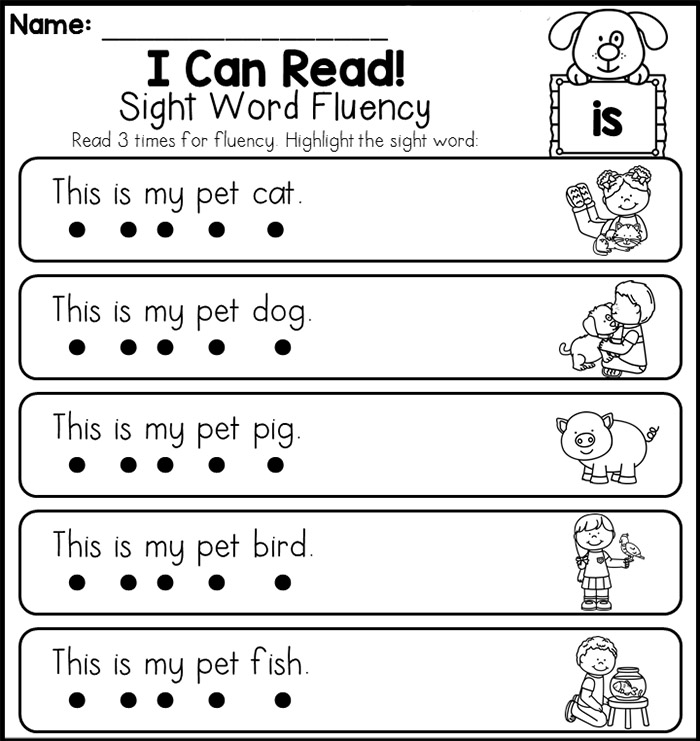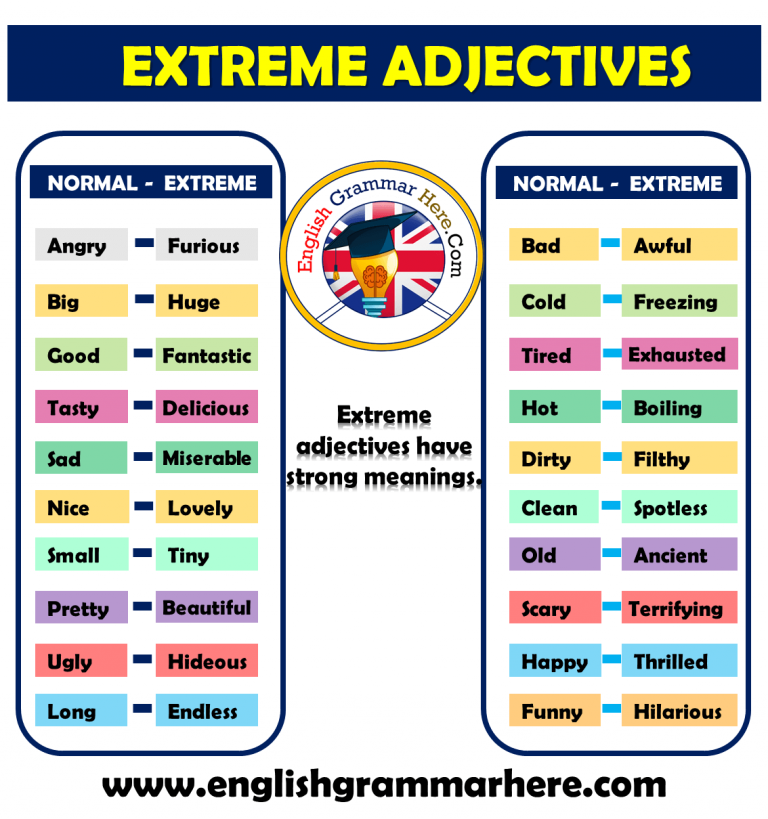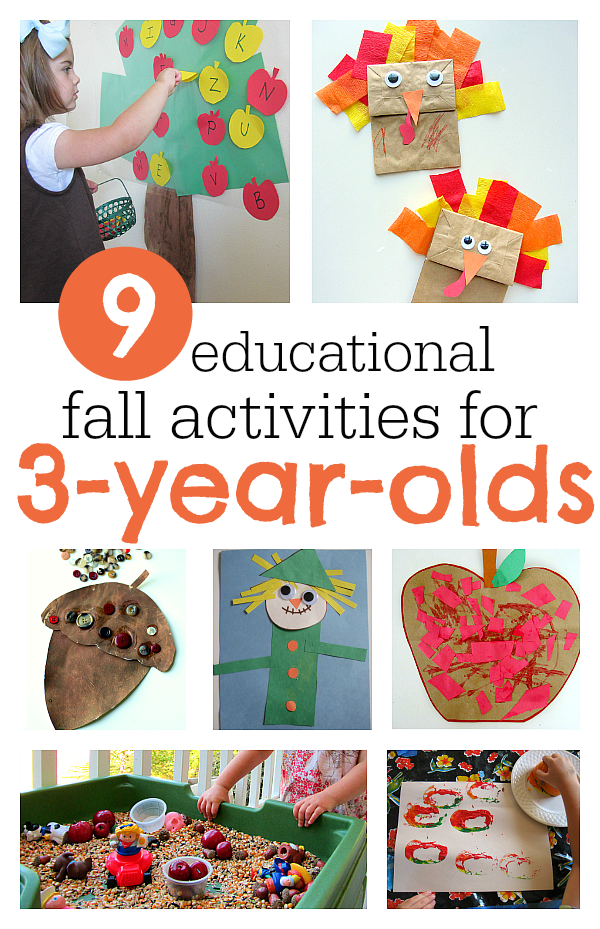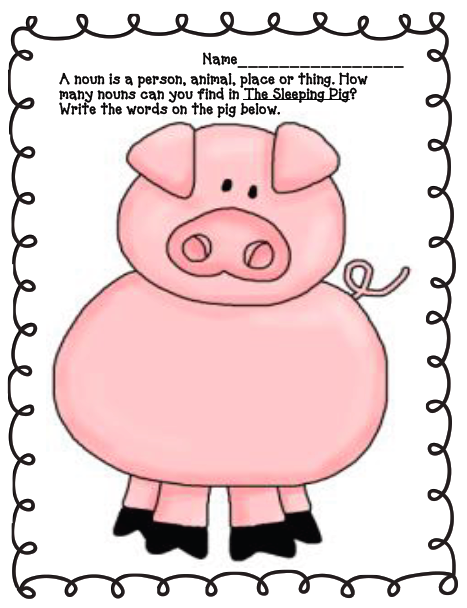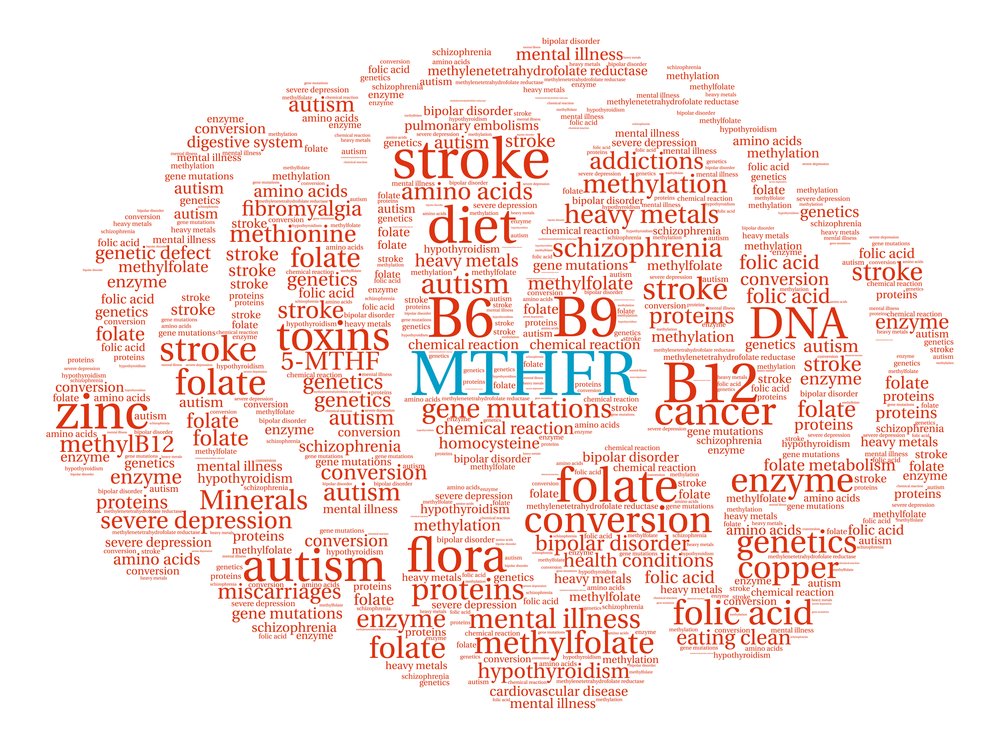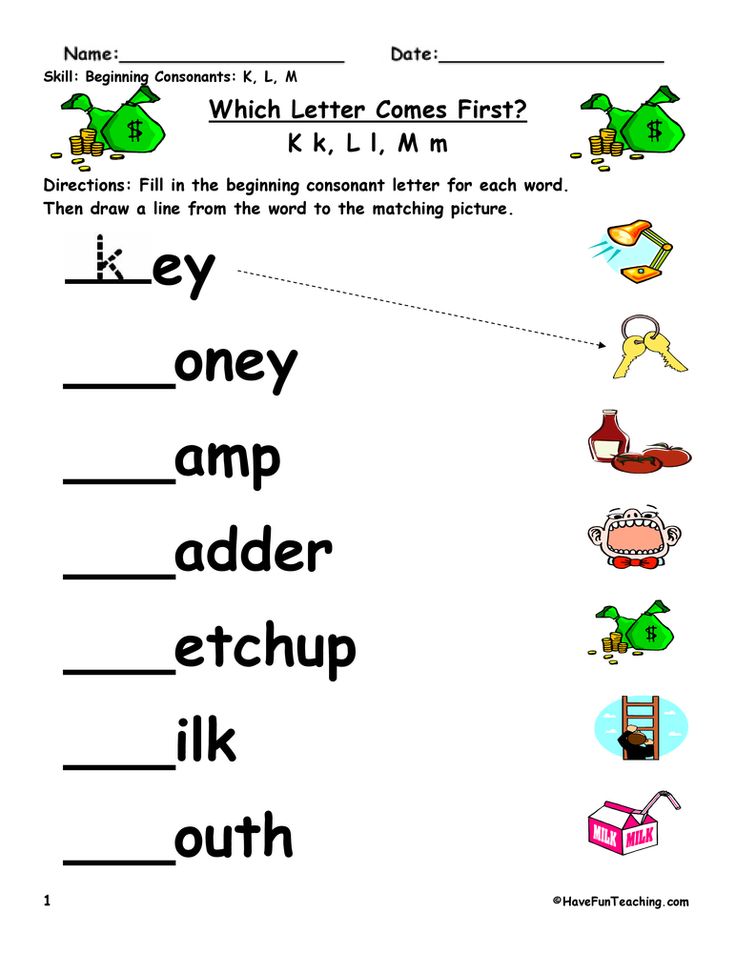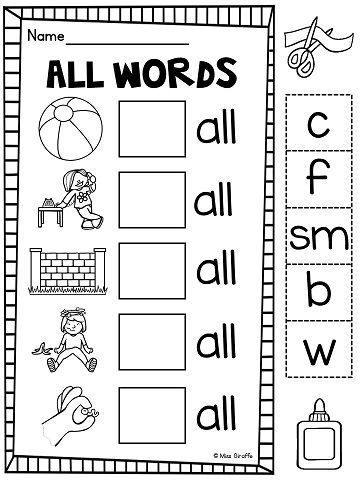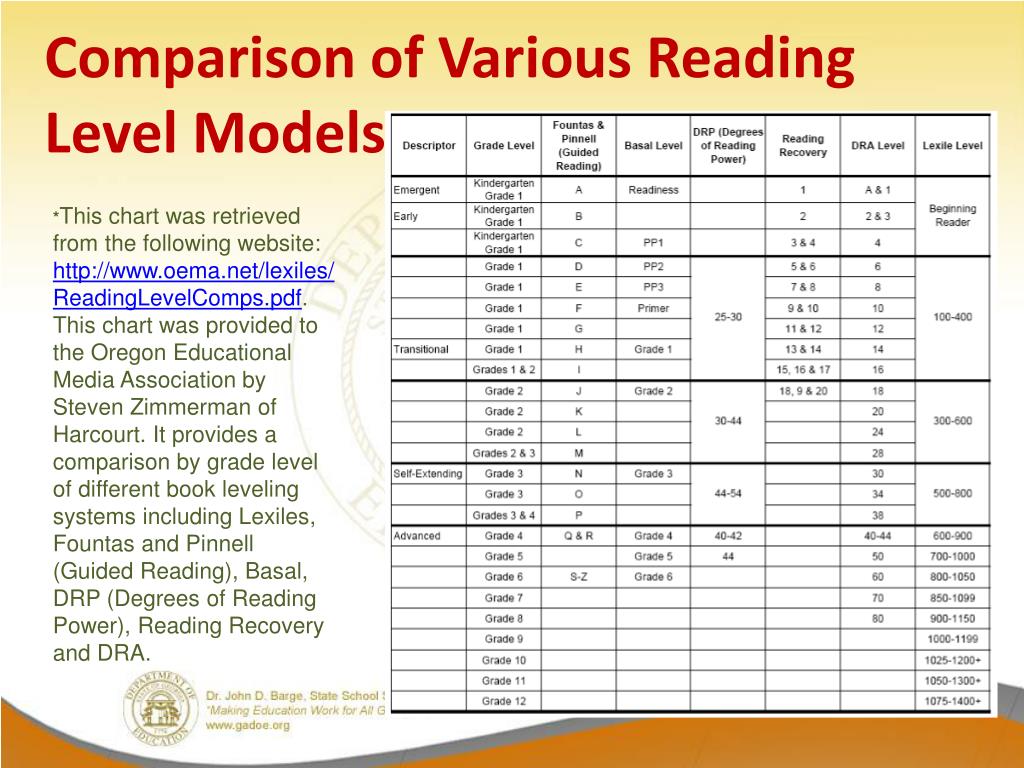Book for kindergarten reading level
Books for grade K kindergarten children aged 5-6
Books for grade K -this list of recommended reading books for kindergartners has been compiled by teachers and school librarians for elementary school children aged 5-6. There is a range of inspirational and engaging books for emerging and more confident readers, including picture books, nursery rhymes, books to share, and books suitable for first independent reading. There are also books to promote discussion, thought, imagination, writing ideas, and provide an impetus for creative art. This list of kindergarten reading recommendations includes titles by Janet Squires, Matt de la Peña, Emily Tetri, Akiko Miyakoshi, and Mary Ann Hoberman.
We Don’t Eat Our Classmates by Ryan T. Higgins
Penelope is really looking forward to starting school and meeting her new classmates. That is, she’s really looking forward to eating them because she’s a T-Rex dinosaur. Soon, however, the tables are turned in this compelling and fun book for children aged 3-5.
School story
Leave Me Alone! by Vera Brosgol
A multi-award-winning picture book that will both amuse and entrance. All Granny wants to do is to be allowed to finish knitting sweaters for her large family – but she keeps being interrupted. To find peace, she leaves home. Her travels take her as far as the moon – meeting goats, bears and aliens along the way. Will she ever finish her knitting?
Classic
Hey, Water! by Antoinette Portis
A delightful non-fiction resource book for the classroom or at home. Learn all about water in its many forms, discover all the words used to describe water features, and link them to the illustrations. The simple text explains the entire water cycle and demonstrates why water is so important to us all.
Narrative non fiction
I Don’t Want to Be a Frog by Dev Petty
A clever moral tale about a young frog who finds it difficult to see the good in how things are and instead yearns to be something else. His father, however, is adept at grounding him in reality. A great book for parents to read with their children, or for teachers to read and discuss with a class.
His father, however, is adept at grounding him in reality. A great book for parents to read with their children, or for teachers to read and discuss with a class.
Animal story
The Lion & the Mouse by Jerry Pinkney
A charming story – based on an Aesop fable – about friendship and loyalty in which a mouse who rescues a trapped lion after the lion decides not to eat him. Stunning artwork helps to convey the scale and magnificence of the lion and its Serengeti surroundings.
Fable
Ten on a Twig by Lo Cole
A wonderful counting story – full of repetition – that is ideal for less confident readers to share with adults and read aloud. The inventive and vibrant artwork could provide a great starting point for bulletin boards and classroom displays.
Picture book
Grumpy Monkey by Suzanne Lang
Jim’s friends have lots of helpful suggestions to try and make him feel happier.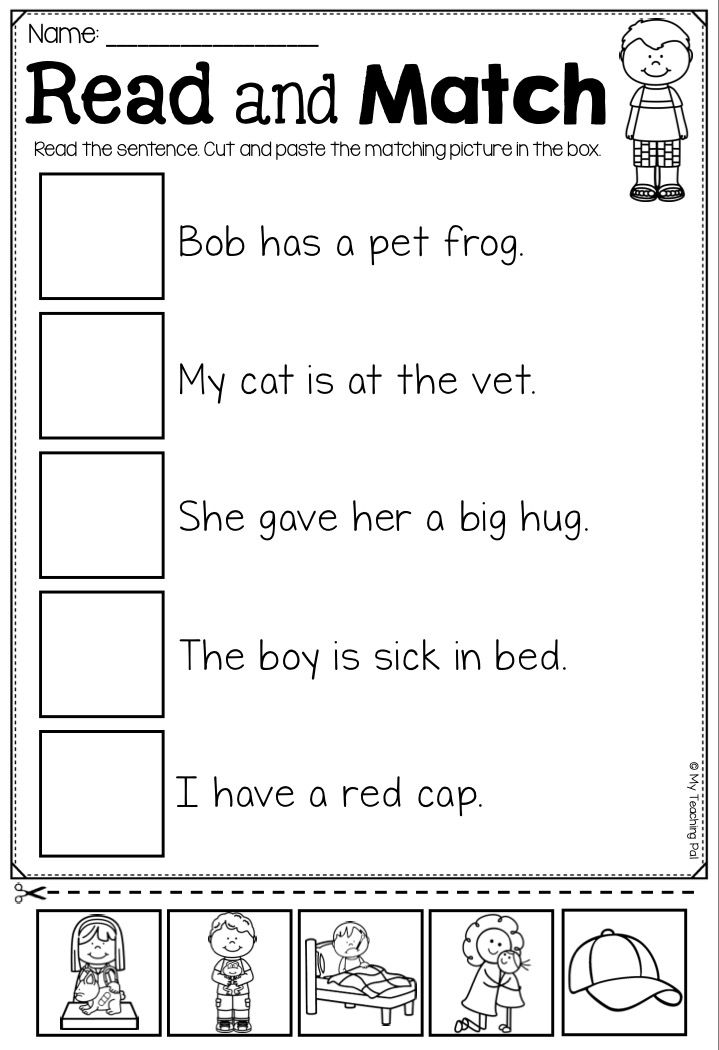 But the more they try to help, the grumpier Jim becomes until he has a meltdown. With sparkling and funny artwork throughout, this is a useful story to help younger children discuss empathy. Norman the gorilla is fabulous.
But the more they try to help, the grumpier Jim becomes until he has a meltdown. With sparkling and funny artwork throughout, this is a useful story to help younger children discuss empathy. Norman the gorilla is fabulous.
Picture book
I Am Enough by Grace Byers
An award-winning and beautifully illustrated book that teaches children to think positively, believe in themselves, and embrace diversity in the world. A great book to spark questions and conversations.
Diverse
What Color Is Night? by Grant Snider
An imaginative picture book with dream-like nightscapes to capture the imagination of Kindergarten readers. A beautiful book for reading at bedtime.
Bedtime story
Locomotive by Brian Floca
An evocative and thrilling picture book full of onomatopoeic words to thrust the reader into the sights, sound, and atmosphere of railroads and locomotives. A fantastic book for children who are interested in machines.
A fantastic book for children who are interested in machines.
STEM | Picture book
Shh! We Have a Plan by Chris Haughton
A funny story that helps kindergarten-aged children to understand that it’s not always the loudest person that has the best ideas. When a gang of four friends tries to catch a bird, they fail spectacularly, until they listen to the quiet observant member of the group.
Humor
The Gingerbread Cowboy by Janet Squires
The traditional Gingerbread Man fairy tale is morphed into a Wild West setting with cacti, cattle, and coyotes. Yeehaw! A wonderful, fun, and immersive rhyming story that uses clever repetition and catchy language.
Modern fairy tale
The Word Collector by Peter H. Reynolds
Jerome doesn’t collect trading cards, coins or stamps – instead he collects words. Short words, long words, complicated words, and unusual words make up his collection – as well as words that can change and words that persuade.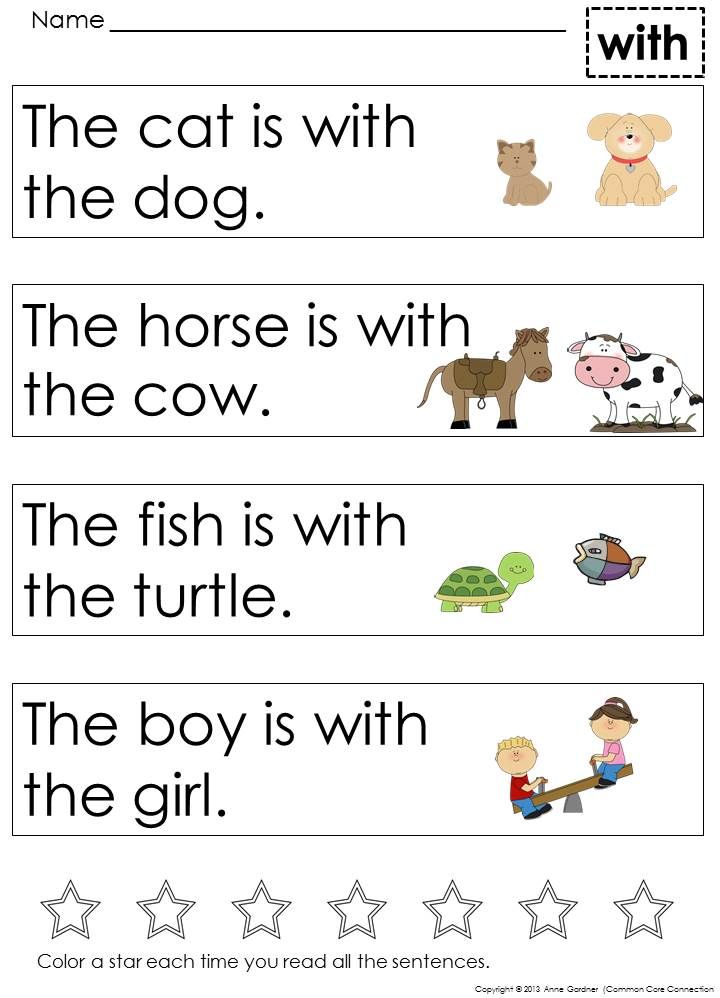 A highly original picture book that is perfect for developing a child’s imagination and interest in language.
A highly original picture book that is perfect for developing a child’s imagination and interest in language.
Picture book
One Tiny Turtle by Nicola Davies
A charming and poetic picture book story following the life of one loggerhead turtle as she completes a migration of thousands of miles over three decades. Enlightening, uplifting, and beautifully illustrated, this story is ideal to read and share with younger children.
Animal story
The Adventures of Beekle by Dan Santat
An enchanting story that follows an imaginary friend that sets out on a long journey to try and find a child to adopt him. Inventive and original, this is a great picture book to help spark creative writing and narrative storytelling ideas.
Picture book
Last Stop on Market Street by Matt de la Peña
When CJ and his grandma travel to and from church every Sunday, he sees places that are very different from where he lives.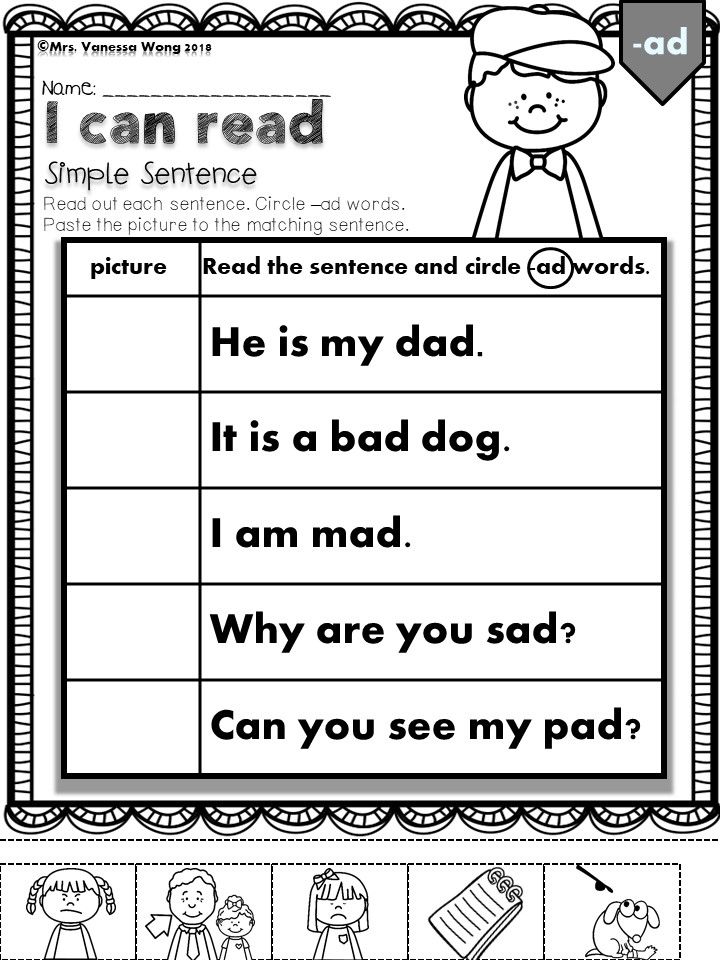 An atmospheric picture book story that introduces kindergarten children to a diverse range of neighborhoods, people, and backgrounds – sensitively and thoughtfully.
An atmospheric picture book story that introduces kindergarten children to a diverse range of neighborhoods, people, and backgrounds – sensitively and thoughtfully.
Classic
Pink Is for Boys by Robb Pearlman
A stereotype-busting story that shows children that they can be whatever they want to be – whether it is playing baseball, trying on different colored clothes, or liking unicorns. A good book to provoke discussion and help children develop a sense of empathy and acceptance.
Diverse
Tiger vs. Nightmare by Emily Tetri
Tiger has a monster that lives under the bed. But this is no ordinary monster – each night it scares aways any nightmares so Tiger can get some sleep. But one day there’s a nightmare too big to scare away. Will Tiger and Monster be able to summon enough courage to overcome the nightmare? An ultimately uplifting and inspiring bedtime story.
Bedtime story
The Way Home in the Night by Akiko Miyakoshi
An atmospheric picture book that’s full of awe and wonder.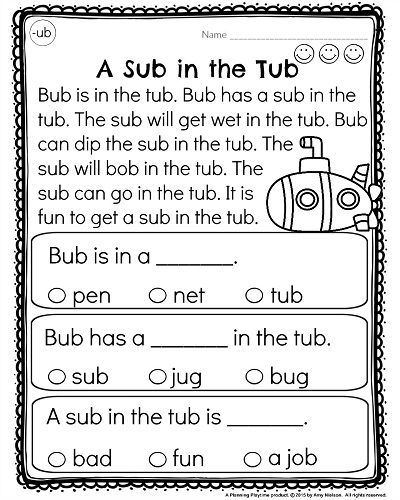 A young bunny wonders what goes on in the world of night and embarks on an imaginative journey. A great book to spark story ideas in kindergarten classes.
A young bunny wonders what goes on in the world of night and embarks on an imaginative journey. A great book to spark story ideas in kindergarten classes.
Animal story
The Seven Silly Eaters by Mary Ann Hoberman
When a busy mother has seven children who each want something different to eat all sorts of chaos ensues in funny rhyming verse. A great story to sensitively suggest to children that fussy eating has downsides.
Classic
Ish by Peter H. Reynolds
Ramon loves to draw, but when one insensitive comment by his older brother threatens to destroy his confidence, his sister Marisol opens his eyes to see problems and obstacles in a new light. An inspirational book, and one that is ideal to read to reluctant and unsure children.
Family
Good Night, Gorilla by Peggy Rathmann
As the zookeeper says goodnight to each animal at bedtime, someone or something very furry and very naughty is following him, with a set of keys. A riotously funny bedtime story with lots of clever visual cues and wordplay repetition.
A riotously funny bedtime story with lots of clever visual cues and wordplay repetition.
Classic
Steam Train, Dream Train by Sherri Duskey Rinker
In this colorful picture book for emerging readers, each car on the train is boarded by a different animal, and each animal fills the car with more and more unlikely and amusing luggage and cargo. A great story to encourage children in grade K to read independently.
Rhyming
Goodnight Already! by Jory John
When all exhausted Bear wants to do is go to sleep after a long day, his over-enthusiastic neighbor, Duck won’t stop trying to talk to him. A very funny picture book that helps teach children to respect boundaries and be careful not to annoy others.
Bedtime story
Jabari Jumps by Gaia Cornwall
A visually engaging story that teaches young readers to overcome fears and realize goals.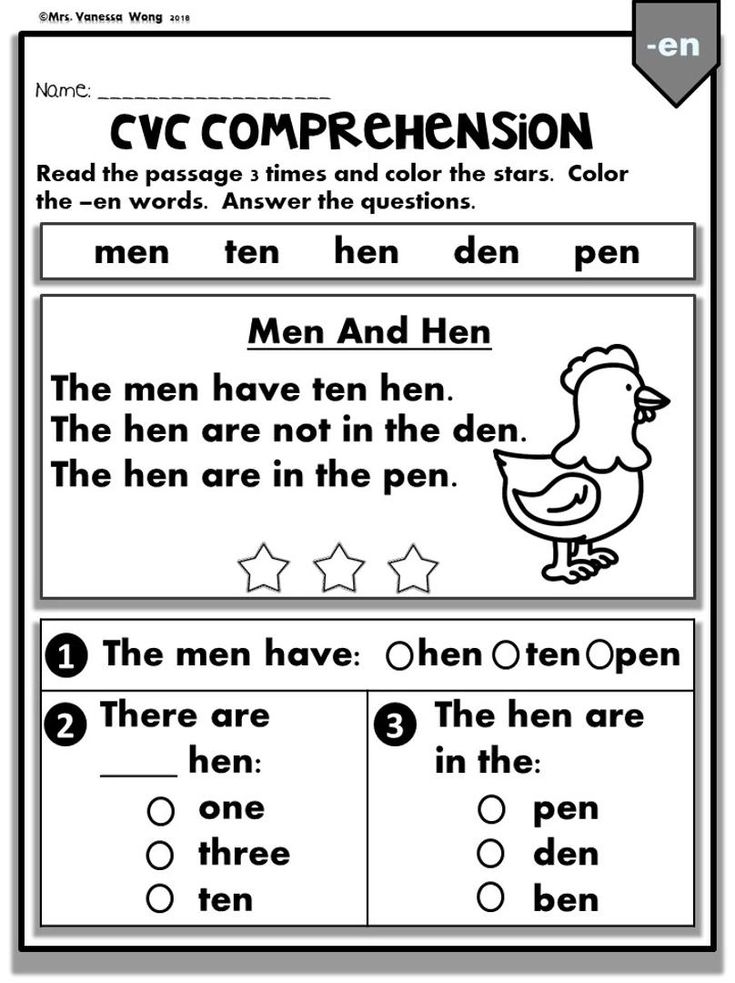 When Jabari thinks he’s ready to jump off the diving board, suddenly doubts begin to form. Fortunately, his father is on hand to inspire courage.
When Jabari thinks he’s ready to jump off the diving board, suddenly doubts begin to form. Fortunately, his father is on hand to inspire courage.
Diverse
Wolf in the Snow by Matthew Cordell
When a girl walking home from school and a lost wolf cub get caught in a white-out, they both help each other to find the way back home. The lyrical storytelling and atmospheric artwork will inspire children to imagine the situation for themselves.
Animal story
Over the Hills and Far Away: A Treasury of Nursery Rhymes by Elizabeth Hammill
A wonderful collection of beautifully illustrated traditional nursery rhymes, collected from a diverse range of cultures around the world. A great classroom resource for kindergarten.
Nursery rhymes
The Doctor with an Eye for Eyes: The Story of Dr. Patricia Bath by Julia Finley Mosca
An award-winning and inspirational story, telling the life of Dr.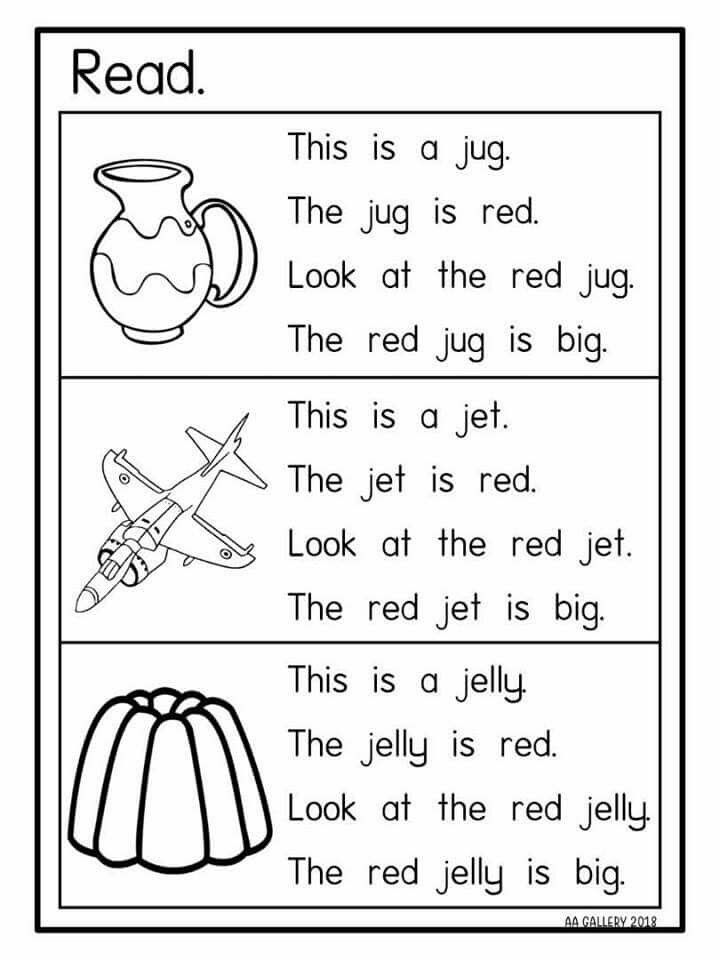 Patricia Bath who achieved her life’s dreams despite her difficult start in life. Fighting injustices, her determination, and courage shine through in this illustrated biography written in rhyme.
Patricia Bath who achieved her life’s dreams despite her difficult start in life. Fighting injustices, her determination, and courage shine through in this illustrated biography written in rhyme.
Biography
Finding Winnie: The True Story of the World’s Most Famous Bear by Lindsay Mattick
When WW1 vet Harry Colebourn helps rescue a young bear, he decides to name her after his hometown – Winnipeg. The story follows Winnie’s amazing journey around the world to London Zoo which later inspired the famous book Winnie-the-Pooh. An enthralling read.
Narrative non fiction
If you would like to order all or most of the books in this kindergarten reading list; or if you want to order classroom sets or multiple copies of books; or if you are ordering from outside the US, have a look at our ‘bulk orders’ page which makes this process easy.
Click for more reading recommendations – Grade K books (this page) | Grade 1 books | Grade 2 books | Grade 3 books | Grade 4 books | Grade 5 books | Grade 6 books | Grade 7 books | Grade 8 books | Grade 9 books | Grade 10 books | Grade 11 books | Grade 12 books
Please do share or link to this page via social media, but refrain from copying or reproducing our book synopses. Please respect intellectual property and copyright. Thank you.
Please respect intellectual property and copyright. Thank you.
Kindergarten Reading Books with FREE Printable pdf List
Looking for a kindergarten reading list to get your child excited to read? We have pulled together over 50 fun-to-read stories in a handy kindergarten book list. The books are arranged by book level plus there is a free printable kindergarten level books pdf to take to the library! This is a great resource to help get early readers excited about reading kindergarten reading books! Simply print reading books for kindergarten free printable and you are ready to get your kindergartners reading!
Kindergarten reading books pdf
It can be overwhelming to pick out kindergarten books to read at the library. All the early readers are all grouped together and kids can spend a long time opening up each cover to decipher the reading level! I don’t know about your kids, but mine get frustrated. Really frustrated! That is why I made this Kindergarten Book List! This kindergarten reading list will save you time by allowing you to quickly and easily find the right level of reading books for kindergarten that are both fun-to-read, engaging, and appropriate for your child’s reading abilities.
Really frustrated! That is why I made this Kindergarten Book List! This kindergarten reading list will save you time by allowing you to quickly and easily find the right level of reading books for kindergarten that are both fun-to-read, engaging, and appropriate for your child’s reading abilities.
Note: If you are confused with finding your child’s reading level make sure to read Making Sense of Reading Levels!
Free printable kindergarten level books pdf
Start out by scrolling to the bottom of the post, under the terms of use, and click on the text link that says >> _____ <<. The free kindergarten level books pdf file will open and you can print and save the addition printable.
Free kindergarten level books pdf
Here are some of the BEST books for kindergarten readers to read themselves. You can conveniently order all the kindergarten level books from Amazon using the links provided so your child to read over and over to achieve fluency. OR print the convenient library book marks below for an easy way to get the books free from your local library. Books are listed from easiest to hardest with the Book Level used by most libraries in parenthesis for your convenience.
OR print the convenient library book marks below for an easy way to get the books free from your local library. Books are listed from easiest to hardest with the Book Level used by most libraries in parenthesis for your convenience.
Books are listed from easiest to read to more advanced Kindergarten readers.
Kindergarten books pdf
The earliest readers will likely being in late preschool and early Kindergarten with these books:
I Want a Pet! by Cathy Morrison (0.3) follows a young boy who takes a trip to the zoo to find the perfect pet, and finds a surprising answer.
Show and Tell by Mercer Mayer (0.3) joins Little Critter at school as he tries to show all of his pets to his friends during Show and Tell, and causes a bit of commotion.
Big Brown Bear by David McPhail (0.4) is an easy to read story about a big brown Bear trying to fix up his tree house. The short, simple sentences tell a funny story when Little Bear’s actions cause some trouble for Bear.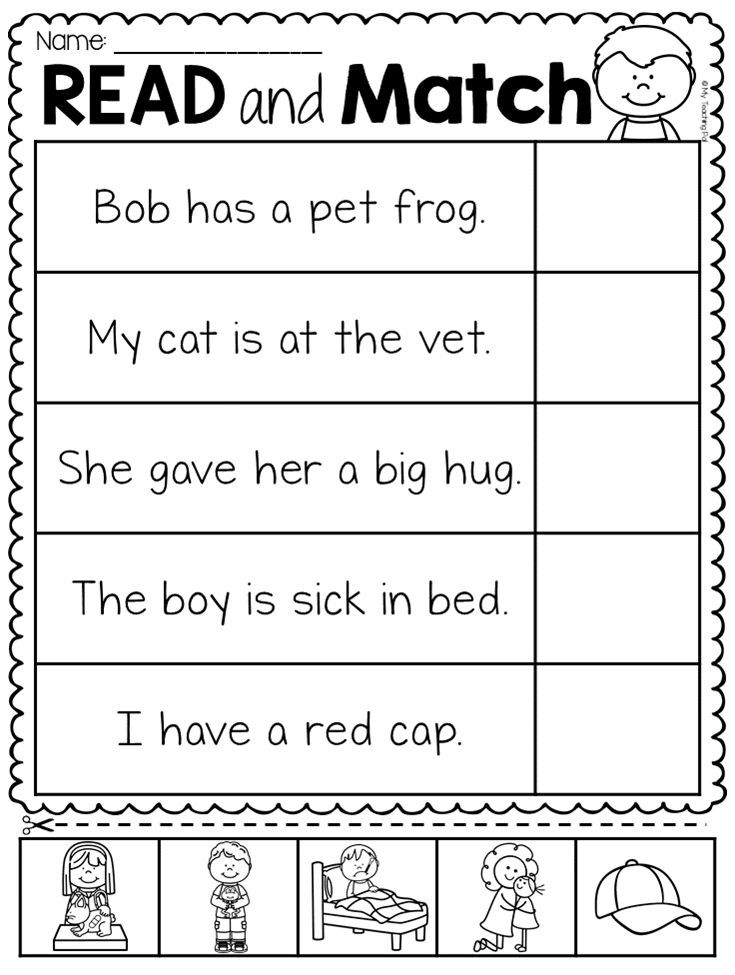
The Foot Book by Dr. Seuss (0.6) is a silly rhyming book that explores all kinds of feet, and teaches kids about opposites.
I Love School! by Hans Wilhelm (0.6) features Noodles, a little white dog, who wants to go to school, but gets a little overwhelmed when he gets there. But some new friends help him realize how great school can be.
I Lost My Tooth! by Hans Wilhelm (0.7) follows a little puppy with a loose tooth who is determined to get treats from the Tooth Fairy, even if his missing tooth goes missing.
Biscuit Finds a Friend by Alyssa Satin Capucilli (0.8) revisits Biscuit the puppy as he meets a lost duckling and makes a new friend.
David Goes to School by David Shannon (0.9) is a silly story following the trouble making David as he goes to school and causes trouble with his antics.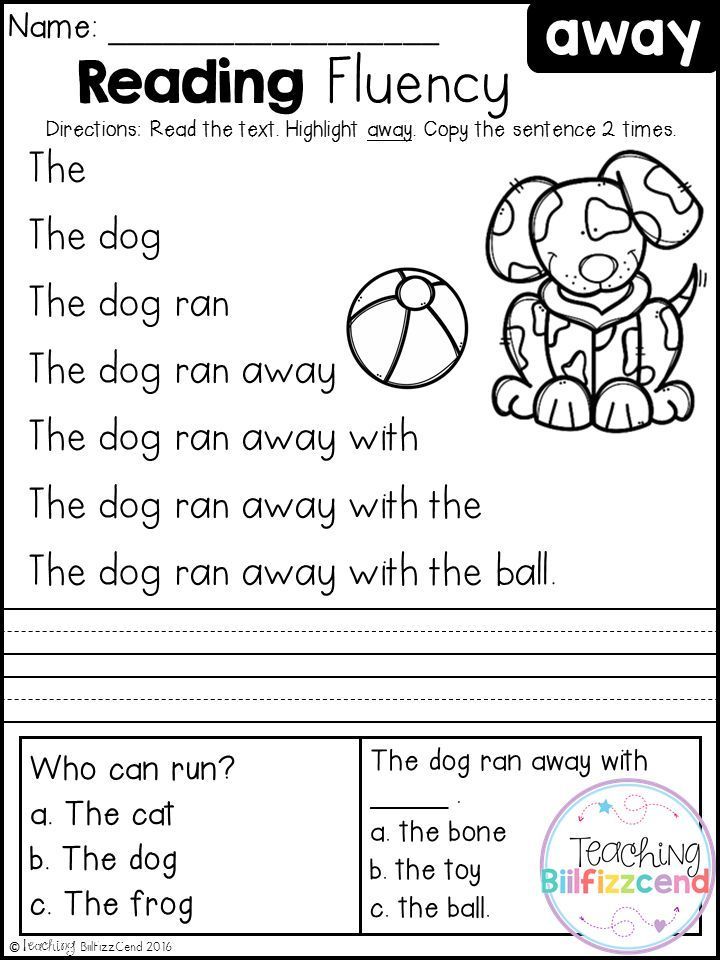
Don’t Let the Pigeon Drive the Bus! by Mo Willems (0.9) introduces readers to Pigeon, a determined bird who tries everything to convince the reader to let him drive the bus.
Reading books for kindergarten free download
Big Pig and Little Pig by David McPhail (0.9) follows Big Pig and Little Pig as they try to build a pool.
Please Write Back! by Jennifer E. Morris (0.9) tells the story of a little alligator named Alfie who writes a letter to his Grandma, and waits for her response.
By mid year, your kinders will be ready to read these books with easy, fun-to-read text and cute illustrations:
Bear and Bee by Sergio Ruzzier (1.0) introduces the reader to a hungry bear who goes on a search for honey after hibernation, only to meet a friendly bee who offers to share.
Cinderella’s Countdown to the Ball by Heidi Kilgras (1. 0) is an easy reading book that encourages the reader to count along with the familiar fairy tale.
0) is an easy reading book that encourages the reader to count along with the familiar fairy tale.
Busy, Busy, Butterfly by Molly Carroll (1.0) is an easy to read book that introduces kids to the life cycle of butterflies.
How to Be a Kitten by Sharon Callen (1.0) is a colorful book that walks the reader through the daily routine of 3 new kittens and their mother.
Happy Birthday, Princess! by Jennifer Liberts Weinberg (1.0) is a sweet rhyming book that visits a variety of Disney princesses as they celebrate their birthdays.
Let’s Go for a Drive! by Mo Willems (1.0) features the beloved characters Gerald and Piggie as they think about going for a drive. The text is told through conversation bubbles between the two characters.
Princesses and Puppies by Jennifer Liberts Weinberg (1. 0) follows the Disney princesses as they laugh and play with a variety of cute puppies.
0) follows the Disney princesses as they laugh and play with a variety of cute puppies.
Kindergarten reading books pdf free
The Sandcastle by Ira Wood (1.0) tells the story of a young boy named Miguel and his Dad as they build a sandcastle together.
The Berenstain Bears’ Big Bear, Small Bear by Stan Berenstain (1.0) follows Big Bear and Small Bear as they try on different hats and teach kids the concepts of big and small.
What’s in the Sky, Dear Dragon? by Margaret Hillert (1.0) explores all of the things to see in the day and night skies through the eyes of a young boy and his pet dragon.
Anna’s Best Friends by Christy Webster (1.1) is a simple retelling of the popular Disney movie “Frozen”, following Anna and her friends as they try to save their kingdom.
Petting Zoo by Deborah Lock (1. 1) introduces kids to a variety of animals and what it takes to care for them.
1) introduces kids to a variety of animals and what it takes to care for them.
All by Myself! by Aliki (1.1) is a rhyming book that follows a young child as he gets ready for the day all by himself.
Hog and Dog by Diane Wright Landolf (1.1) is a story of friendship between a hog and a dog as they try different sports together and cheer each other on.
May I Please Have a Cookie? by Jennifer E. Morris (1.1) is a funny story that follows Alfie the alligator as he tries all different ways to get one of his mom’s cookies, and learns an important lesson about manners.
Must be Santa by Tim Moore (1.1) is an adorable illustrated version of the popular Christmas song.
Monkey Play by Alyssa Satin Capucilli (1.1) joins a group of adorable monkeys as they race around playing together throughout the day.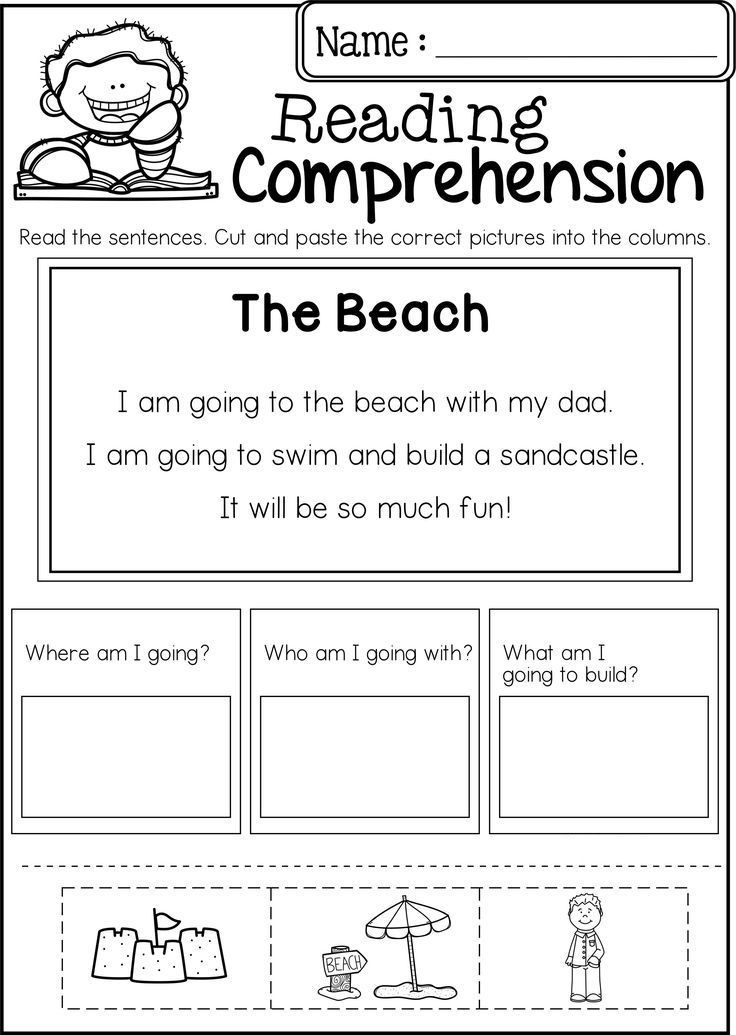
Free kindergarten books pdf
Before and After by Joy Frisch-Schmoll (1.2) explores the concepts of before and after with full color photographs and simple text.
Clifford the Big Red Dog by Norman Bridwell (1.2) introduces the reader to Emily Elizabeth and her large red dog named Clifford.
Baby Pandas by Bethany Olson (1.2) teaches the reader about baby panda bears with adorable pictures and easy to read sentences.
Puppy Mudge Finds a Friend by Cynthia Rylant (1.2) is a story of friendship between Mudge the puppy and his new cat friend named Fluffy.
Flying High by Nick Eliopulos (1.2) features the DC Super Friends as they face off against the Penguin and all the birds in Gotham.
Go, Dog. Go! by P.D. Eastman (1.2) is a a funny story full of brightly colored dogs all doing silly things.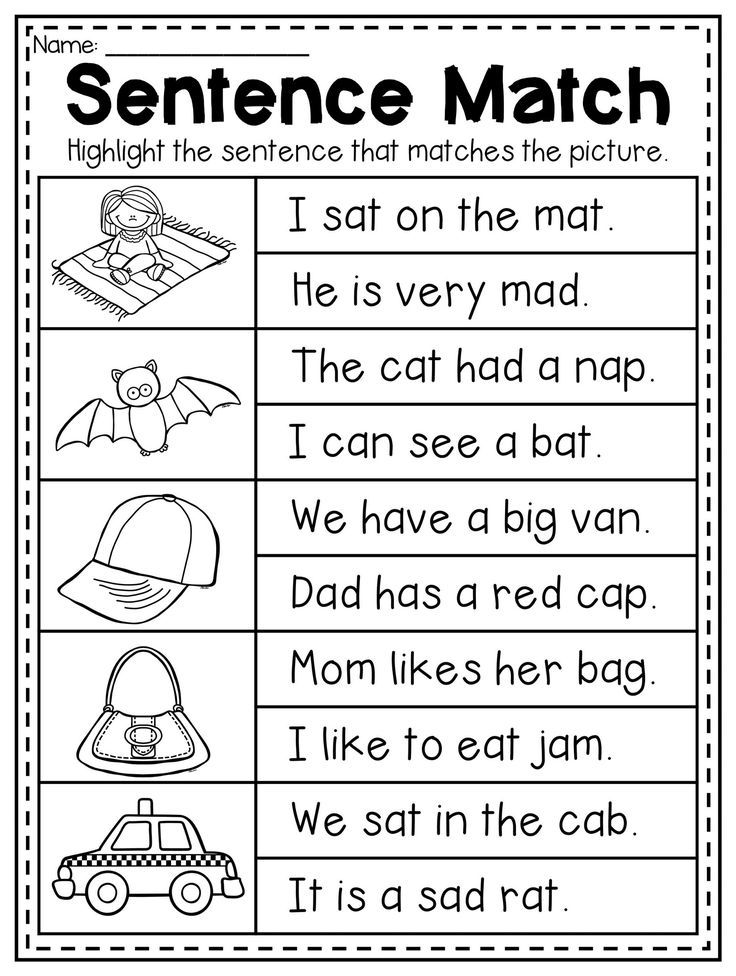
Construction Kitties by Judy Sue Goodwin-Sturges (1.2) follows a group of kittens as they work hard on a construction site to build something special.
Free printable kindergarten books pdf
The Berenstain Bears Ride the Thunderbolt by Stan Berenstain (1.2) joins the beloved Berenstain Bear family as they spend the day at the Bear Country Amusement Park.
Ballet Stars by Joan Holub (1.2) showcases all the fun of ballet dancing, with simple text and brightly colored illustrations.
Mittens at School by Lola M. Schaefer (1.2) follows a young boy named Nick as he brings his kitten Mittens to school for show and tell, leading to a bit of chaos.
I Like Bugs by Margaret Wise Brown (1.2) uses a very simple repetitive text and colorful illustrations to highlight a child’s love of bugs.
Too Many Dogs by Lori Haskins (1.2) is a fun book full of dogs of all sizes, colors, and breeds. The simple text is paired with busy, colorful illustrations.
Money, Money Honey Bunny! by Marilyn Sadler (1.2) teaches kids about saving and spending money with the help of Honey Bunny FunnyBunny.
I Love Rocks by Cari Meister (1.2) is an easy to read introduction to different types of rocks, with simple text and funny illustrations.
Free kindergarten books
Great Day for UP by Dr. Seuss (1.3) introduces the reader to the different meanings of the word “up” through funny illustrations and simple text.
Richard Scarry’s Readers Cake Soup by Erica Farber (1.3) follows Huckle Cat and Bridget as they try to make a cake for Lowly Worm’s birthday.
Honey Helps by Laura Godwin (1.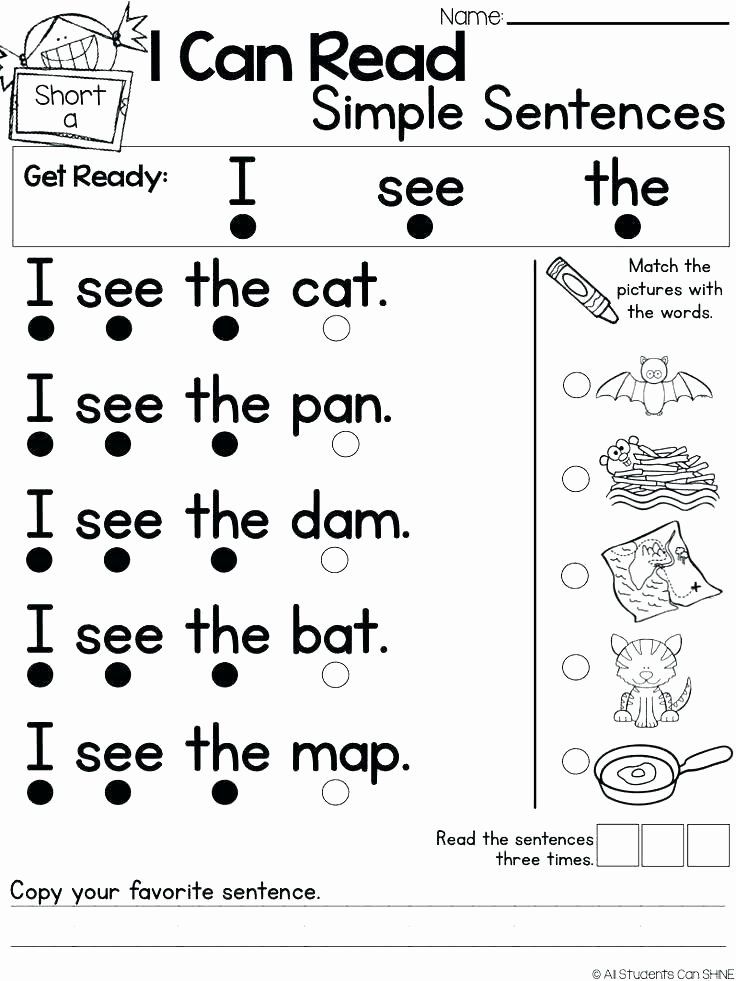 3) explores the relationship between Honey the cat and Happy the dog, using short simple sentences, and cute illustrations.
3) explores the relationship between Honey the cat and Happy the dog, using short simple sentences, and cute illustrations.
Ink, Wink, and Blink Work Out! by Pete Whitehead (1.3) encourages kids to get up and get moving with the silly animal characters.
We Play on a Rainy Day by Angela Shelf Medearis (1.3) celebrates the joys of playing in the rain, when dressed in appropriate clothing.
Kindergarten book list
See Me Dig by Paul Meisel (1.3) follows a group of dogs who love to dig. They keep digging and trying to find the perfect spot, disturbing other animals in the process.
Tiny Goes to the Library by Cari Meister (1.3) shows what happens when Tiny the big dog goes to the library with his best friend.
Beep! Beep! It’s Beeper! by Carole Lexa Schaefer (1.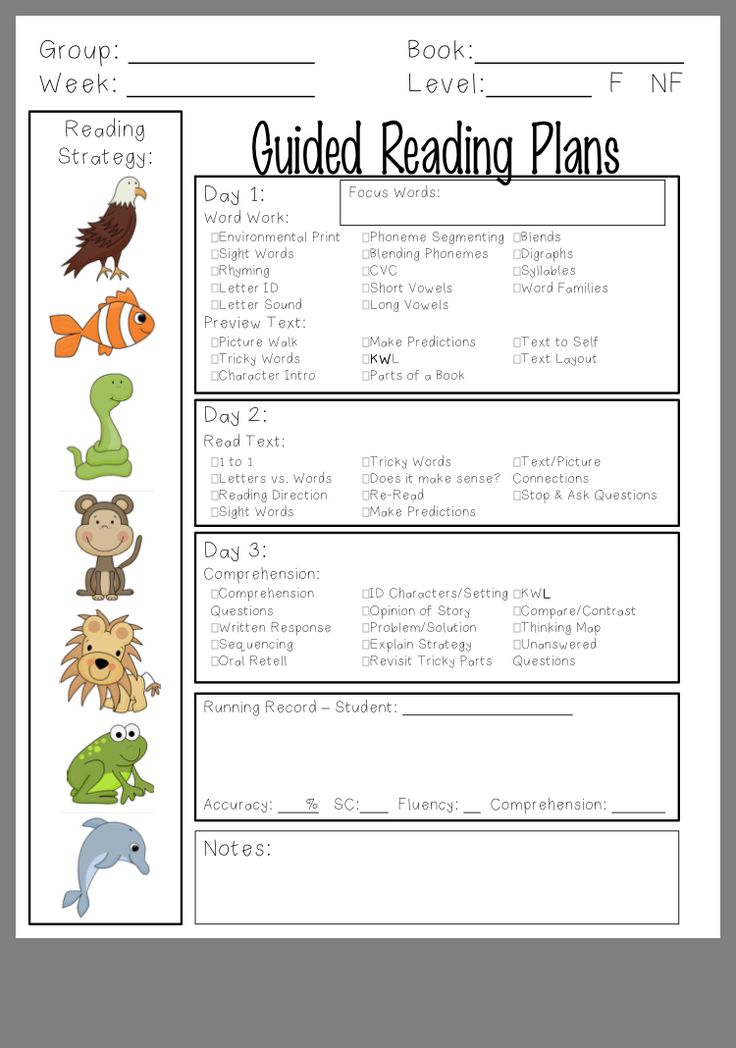 3) introduces kids to Beeper, a friendly alien who likes to paint, count, bake, and more.
3) introduces kids to Beeper, a friendly alien who likes to paint, count, bake, and more.
Follow Me, Mittens by Lola M. Schaefer (1.3) follows Mittens the kitten as she goes on a walk with her friend Nick and gets lost.
Listen to My Trumpet! by Mo Willems (1.3) shows what happens when Piggie wants to play her new trumpet for her best friend Gerald the elephant.
Noodles: No Kisses, Please! by Hans Wilhelm (1.3) follows Noodles the puppy as he tries to avoid getting kisses from visiting Auntie Judy.
Kindergarten reading list
To make it east to find great books for your new reader I made a printable from this list. There are 10 different styles.
- The first 5 book lists are in color. Just print, fold in half, and laminate to make a convenient bookmark they can bring along to the library. They can go through them in order and check them off with a dry erase marker when they’ve read a book.
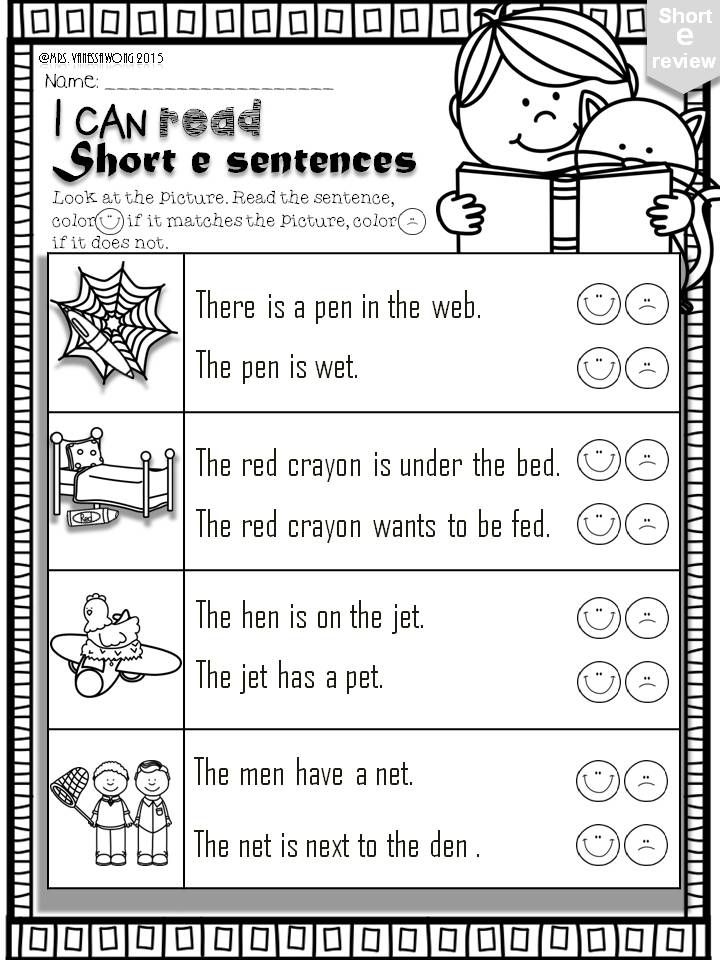
- The next 5 list of books for kindergarten are in black and white to save on printing costs or to allow your Kindergartner to personalize their list. You can either print it on cardstock and cut apart to make 2 separate bookmarks (one with easier and the 2nd with more difficult books) OR you can print on plain paper and allow them to color it. Then fold in half and laminate. Use with a dry erase or sharpie marker to mark off books your child reads.
Book Recommendations
First of all, whether you stock up on books at your local library, have a robust home library, or not. You can still order books and have them conveninetly shipped to your house from Amazon. Wondering what should I read – we’ve got tons of great book recommendations for you! Click on the list you want to read and then you can conveninetly order from Amazon or print a book list to take to the library.
Free Printable Reading Logs
- Monthly Reading Log – this free printable has ‘traditional’ monthly themes
- Bookshelf Free Printable Reading Logs – super cute and fun for kids of all ages!
- Pencil Free Printable Reading Logs -print reading worksheet and color a pencil for each book you read
- Frozen Free Printable Reading Logs – kids will have fun tracking their reading and the books they’ve read with this motivating free printable for kids of all ages
- Princess Free Printable Reading Logs – students will have fun tracking their reading with these free printable reading logs
- Super Hero Free Printable Reading Logs – using a favorite theme of kids will encourage kids to read
- Cars Free Printable Book Logs – children will have fun tracking the books they’ve read with these clever free reading log
- Summer Free Printable Reading Logs – students will be motivated to read this summer with these ideas
- Reading Comprehension Bookmarks – this is a great tool for making sure kids are understanding what they are reading
- Reading Levels by Grade – how to pick the right books for every reading level and tons of printable book lists too
Kindergarten Printables
- 50 Books for Kindergarten Book List – Books for Kindergarteners to read themselves
- Kindergarten Calendar Printable
- Days of the Week Worksheets
- Kindergarten Spelling Words – add a vowel practice
- Free Kindergarten spelling words Printable
- Hoppy Frog Math Game (addition within 10 and addition to 20)
- Goldfish Kindergarten Subtraction Games
- Roll to 100 Counting Game
- Flower Shape Kindergarten Math Crafts
- Kids will have fun as they color and learn with these Ordinal Number Worksheet
- Spring Kite Skip Counting Craft
- Pirate I Spy Worksheets
- Crack the Code Worksheet Pages for Kindergarten and first graders
- Playdough Subtraction Smash free printable math activity
- Dinosaur Theme Kindergaten Math Worksheets
- What Comes Next Kindergarten Math
- Free Ice Cream Math Worksheets
Kindergarten Phonics
- Short i cvc worksheets cut and paste pdf
- Short E CVC Words Booklet
- Crack the Code CVC Word Worksheets
- Short a CVC Word Book
- Crayon CVC Words Activity
- CVC Word Puzzles Free Printable
- Word Family Sliders Free – lots of styles to print in color or black and white
- Blowing Bubbles Word Family Activities
- Monster Match CVC Word Activity
Kindergarten Activities
- Free Printable Seasons Worksheets w/ Free 4 Season Printables
- Large Printable Weather Unit for kids
- Rain Cloud for Kids experiment and free worksheet
- Water Cycle for Kids Printable Book
- Lots of weather printables to help kids learn about weather terms while epracticing math and literacy skills
- Grab this free printable 5 senses preschool printables to explore the senses of sight, taste, sound, smell, and touch
- Human Body human body playdough mats – lots of choices to learn about various systems of the body including simple for preschoolers, skeletal system, organs, muscles, nerves, and more!
- EPIC, Life-size Human Body Project
- Amazing 5 Senses for kids lesson to explore with hands on activities, videos, books, and more!
- Try this Jelly Bean sense of taste activities for preschool experiment.

- All About Me Kindergarten (Expanding horizons social studies unit to teach kids about themselves, My Family, My Neighborhood, My Community Unit with lots of ideas & resources
- Where do I Live – free printable project and fun idea for explaining how you live in a house, on a block, in a city, in a state, etc.
- Free Community Helpers Coloring Pages – over 20 simple coloring pages exploring jobs
- Community Helpers Printables Wheel
- Handy Community Signs Worksheets
- HUGE Pack of Firefighter Worksheet to practice a variety of skills with kids 3-8
- Free Printable Community Helpers Matching Game
Kindergarten Books to Read
By reading books in order they will confidently read and be successful while gaining a lot of practice and exposure to a lot of vocabulary.
Kindergarten reading books
By using materials from my site you agree to the following:
- This is for personal use only (teachers please see my TPT store)
- This may NOT be sold, hosted, reproduced, or stored on any other site (including blog, Facebook, Dropbox, etc.
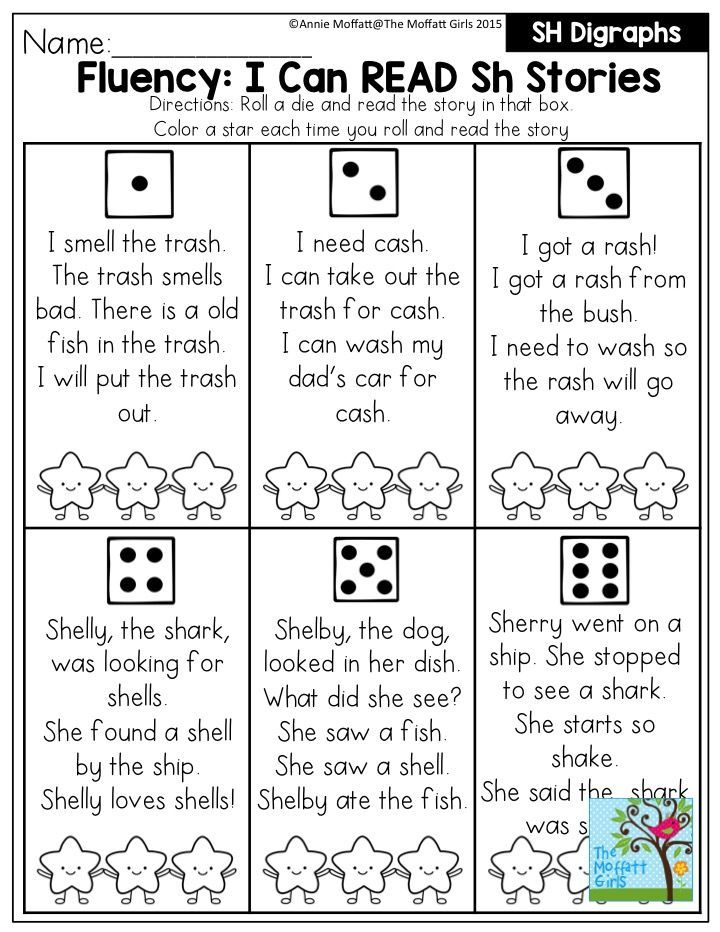 )
) - All materials provided are copyright protected. Please see Terms of Use.
- Graphics Purchased and used with permission fromn Scrappin Doodles License #94836 & ClipArtopia
- I offer free printables to bless my readers AND to provide for my family. Your frequent visits to my blog & support purchasing through affiliates links and ads keep the lights on so to speak. Thanks you!
>> Kindergarten Readers List <<
11 books for children, after which they will love reading
We talked with the chief director of the Kirov Puppet Theater. A.N. Afanasyev Natalia Krasilnikova and found out what books she reads to her son and how modern children's literature differs from Pinocchio-Chipollin classics.
- The problem is that children don't read much these days. The era when children read avidly is over. They look more. Children have a million opportunities to watch everything on TV or on the Internet, and not to read.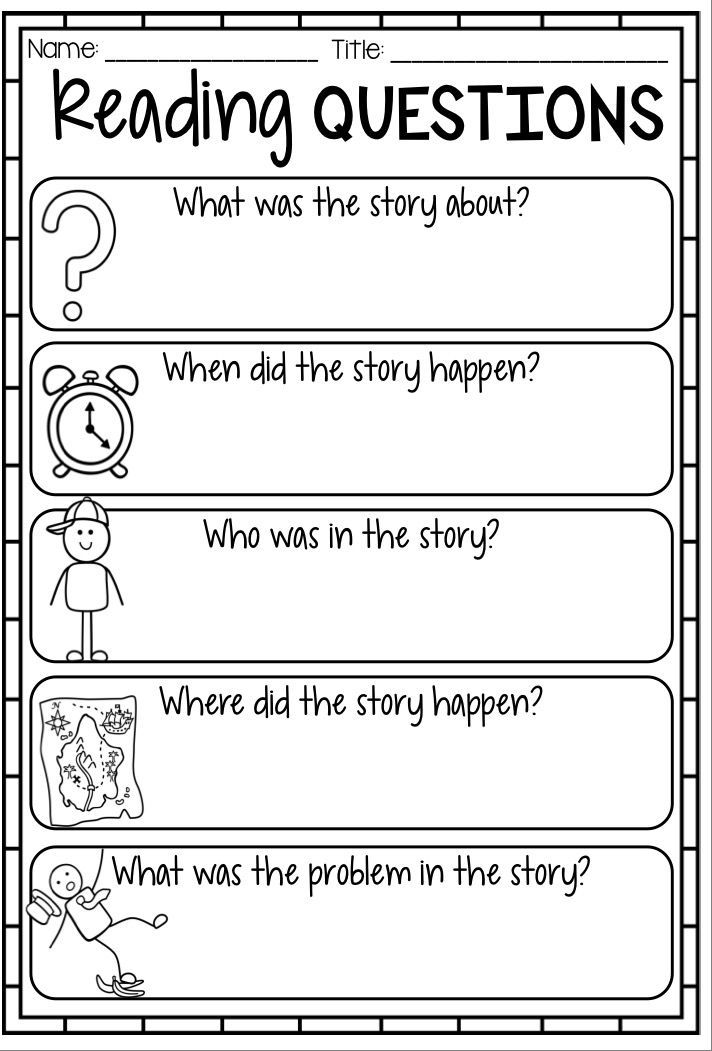
But all the same, it is necessary to read. And start with parents reading to their children. I try to read to my son every day. He is 6 years old. I think it's better when parents read to their children themselves. Children listen attentively and ask questions. But an audiobook is also an option. Although, for example, the voice that read for me bothers me, I chose my own intonation with which to tell everything.
My son loves to listen to modern children's literature. It seems to me that it is closer to children in terms of language, life situations, even the pace at which events develop.
I choose different books for my son, there is no definite system. When I staged The Secret of the Magic Land at the Spasskaya Theatre, we read with him Elinor Farjon The Western Forest . This play is based on this work. Then he chose "Tom Sawyer", now we are reading "Huckleberry Finn". He liked Carlson very much. There are books that we have read many times. For example, Annie M. G. Schmidt "Pluck from Petterflat" . Such good kindergarten stories, we have already learned them by heart. Or " Lafcadio, or the lion that shot back" by Shel Silverstein has also been read more than once.
For example, Annie M. G. Schmidt "Pluck from Petterflat" . Such good kindergarten stories, we have already learned them by heart. Or " Lafcadio, or the lion that shot back" by Shel Silverstein has also been read more than once.
At the Spasskaya Theater there was such a project called “Tales for Martin”, when parents and children were gathered, a carpet was laid out, soft pillows were laid out and modern children’s books were read, so that later, when they saw familiar names in the theater’s repertoire, parents would not be frightened, but with interest came to new performances with their children. And after such readings, moms and dads came up and asked questions about who the author was, what else of his works could be read. It was such a family reading school. Everything that was selected for reading in the project, I read to my son.
"It's about me"
The world has changed, and so has literature. The problem is that parents choose books that they themselves read as children. And there are so many new things. There are new authors who speak modern language and tell stories that are close to our children. For example, Nina Dashevskaya has a wonderful book "I am not a brake" about a hyperactive boy who rides a scooter everywhere. His life is moving at a wild pace. And when I now read this book to my son, he says: “This is about me.” It is the joy of recognizing oneself, one's experiences. That is why children love these books.
The problem is that parents choose books that they themselves read as children. And there are so many new things. There are new authors who speak modern language and tell stories that are close to our children. For example, Nina Dashevskaya has a wonderful book "I am not a brake" about a hyperactive boy who rides a scooter everywhere. His life is moving at a wild pace. And when I now read this book to my son, he says: “This is about me.” It is the joy of recognizing oneself, one's experiences. That is why children love these books.
We read books by different authors, there is, of course, children's literature, which will always be interesting and in demand among the reader: "Deniska's stories" by Dragunsky or "Lyolya and Minka" by Zoshchenko . Another thing, if you transfer them to the stage, then you need to present them in such a way that modern children can understand and be interested.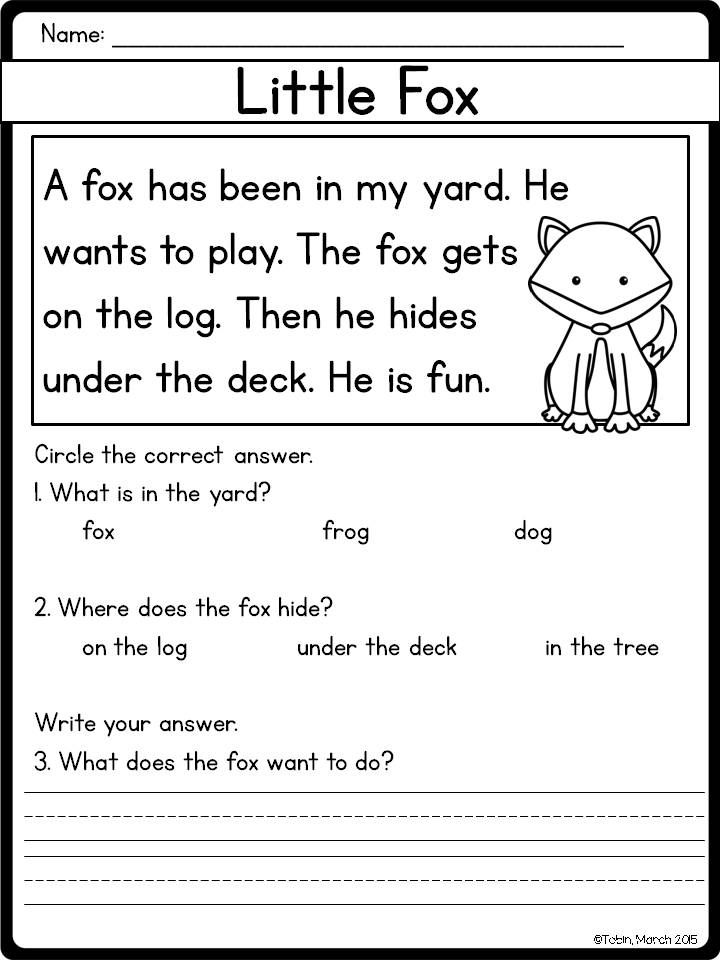 For example, Gaidar became in demand again. And that's great. Today's children and teenagers are increasingly going into volunteer movements. And Gaidar has this theme, so he is interesting to the young reader and viewer.
For example, Gaidar became in demand again. And that's great. Today's children and teenagers are increasingly going into volunteer movements. And Gaidar has this theme, so he is interesting to the young reader and viewer.
But there are modern books that we start but don't finish reading. These are more often foreign authors who are free in topics. And it is the responsibility of the parent to decide what to dedicate the child to, and which topics to bypass.
New books can be easily found on the Internet. There are wonderful publishing houses "Samokat", "White Crow", "Polyandria" , which provide information about new book releases in social networks and on their websites. They publish both foreign and Russian authors. There are excellent sites, for example, Papmambuk, where people simply read books and show illustrations. This helps to navigate in children's literature, to choose what suits your child.
About age characteristics
The parent who does not take the child to the performance at random does the right thing.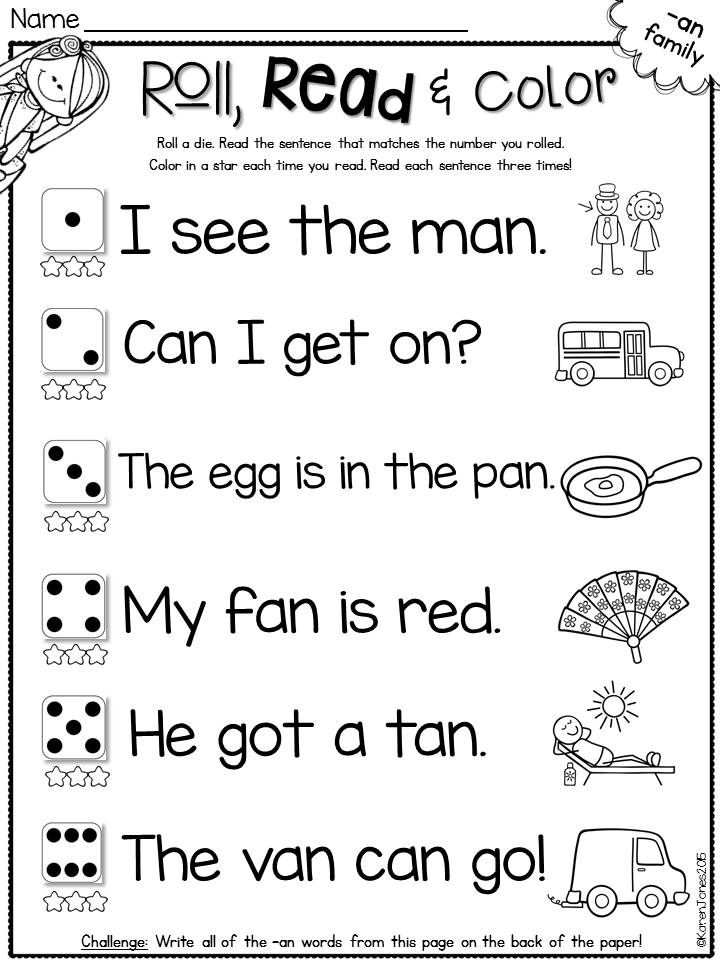 When choosing a book or performance for your child, it is very important to understand what the work is about, for what age. It happens that people come to a performance for the age of 6+ with two-year-old children. And there the music is loud, there are special effects, the duration is such that it is difficult for a small child to keep his attention. Therefore, it is imperative to read the annotations for performances and books.
When choosing a book or performance for your child, it is very important to understand what the work is about, for what age. It happens that people come to a performance for the age of 6+ with two-year-old children. And there the music is loud, there are special effects, the duration is such that it is difficult for a small child to keep his attention. Therefore, it is imperative to read the annotations for performances and books.
Modern fairy tales in the theater
At the Kirov Puppet Theater we are staging a new performance based on the book by Nina Dashevskaya "Theo the Theater Captain" . I read this book and the idea arose to stage a fairy tale on the puppet theater stage. This is a fairy tale about a mouse who lives in the opera house and even makes friends with the musician Kostya. Theo has dreamed of seeing the sea all his little life. Whether his dream will come true, the audience will know when they come to our performance.
In 2021, the audience will have another premiere of ours: a performance based on a book by a Norwegian author Rune Belswick "Prostodursen" .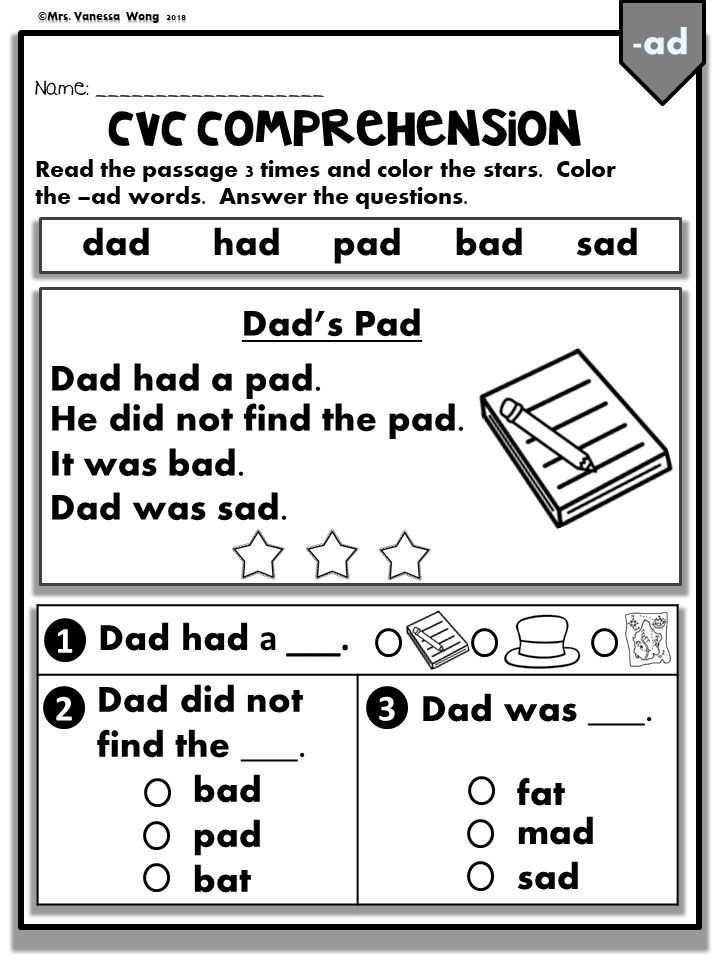 This writer has already become a classic in his homeland. And now we want to introduce Kirovsky to the audience with the heroes of this good book. To stage the performance, we invited the artistic director of the Perm Puppet Theater, director Dmitry Vikhretsky. So wait for information about the premiere on our website.
This writer has already become a classic in his homeland. And now we want to introduce Kirovsky to the audience with the heroes of this good book. To stage the performance, we invited the artistic director of the Perm Puppet Theater, director Dmitry Vikhretsky. So wait for information about the premiere on our website.
What else is worth looking for on the bookshelves we learned from an expert in children's literature, theater critic Ekaterina Ryabova.
- Along with good children's classics, on which more than one generation has grown up, now Scandinavian literature has come in a huge stream, which speaks to a child and about a child in a completely different language. The literature of the twentieth century proceeded from the fact that adults and children are creatures that live in different worlds, there was a certain hierarchy, an adult rarely entered the territory of a child. When this happened, often the adult acted as a negative character, abusing his power over the child.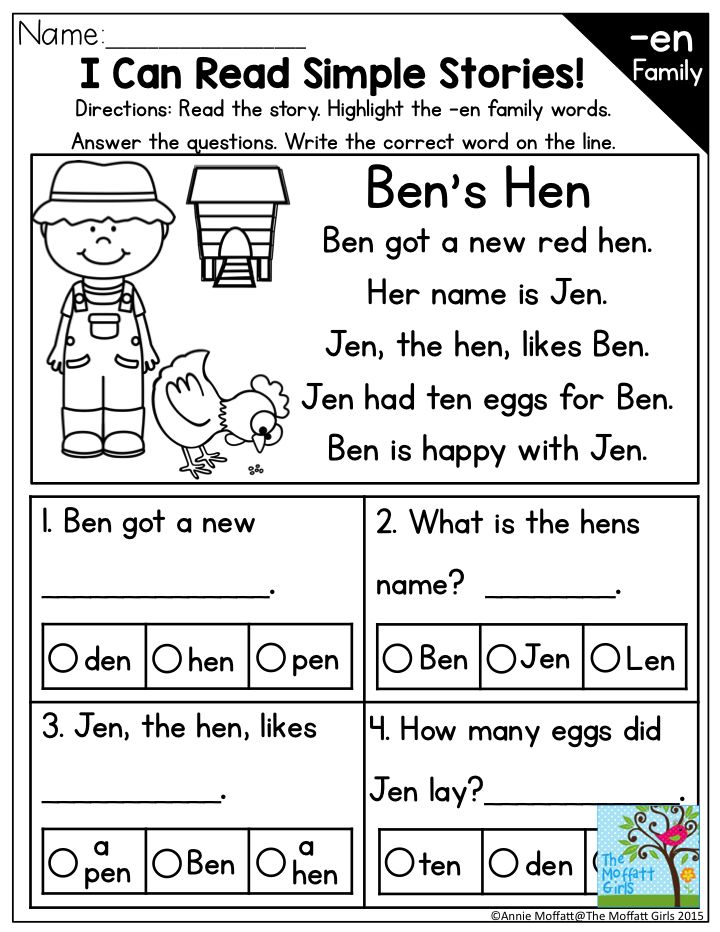 For example, Roald Dahl ( Charlie and the Chocolate Factory, Matilda and the Amazing Mr. Fox) . When children read such books, they ridicule these situations, get rid of fears. But when an adult reads the same text, he sees what is happening from a different angle. He is realistically tuned and understands where such stories grow from, and the realization of this can be quite difficult.
For example, Roald Dahl ( Charlie and the Chocolate Factory, Matilda and the Amazing Mr. Fox) . When children read such books, they ridicule these situations, get rid of fears. But when an adult reads the same text, he sees what is happening from a different angle. He is realistically tuned and understands where such stories grow from, and the realization of this can be quite difficult.
Modern literature talks about topics that used to be considered taboo and difficult for children. And she does it easily, playfully. The beautiful Swedish writer has Moni Nilson there is a series of books about the boy Tzatziki . He lives with his mother, who plays in a rock band and helps him fight bullies at school. In general, funny, sad, unexpected and very worldly stories constantly happen to him. The cycle of books about Tzatziki is a story of growing up, where serious issues are also considered, everything is not always sunny and sweet. The book is very well built from the point of view of a child reader: short chapters, sharp plot twists, incredibly funny moments - you always want to know what's next. This is a book that children begin to read on their own.
Scandinavian literature is strong in that it teaches not only children but also adults to go through difficult stages in a child's life, to build relationships with him. There is a series of books by Tove Appelgren based on the girl West-Linnaeus . A girl with difficult behavior, who is capricious, does not obey, but she is told about in a kind, accepting manner. It is a feature of the new children's literature that there is no moralizing in it. The style of edification is gone. Such books in many ways teach the parents themselves to build relationships with children in a new way, to find other ways out of situations. In addition, they are very interestingly illustrated: the picture complements the text, completes the panorama of what is happening.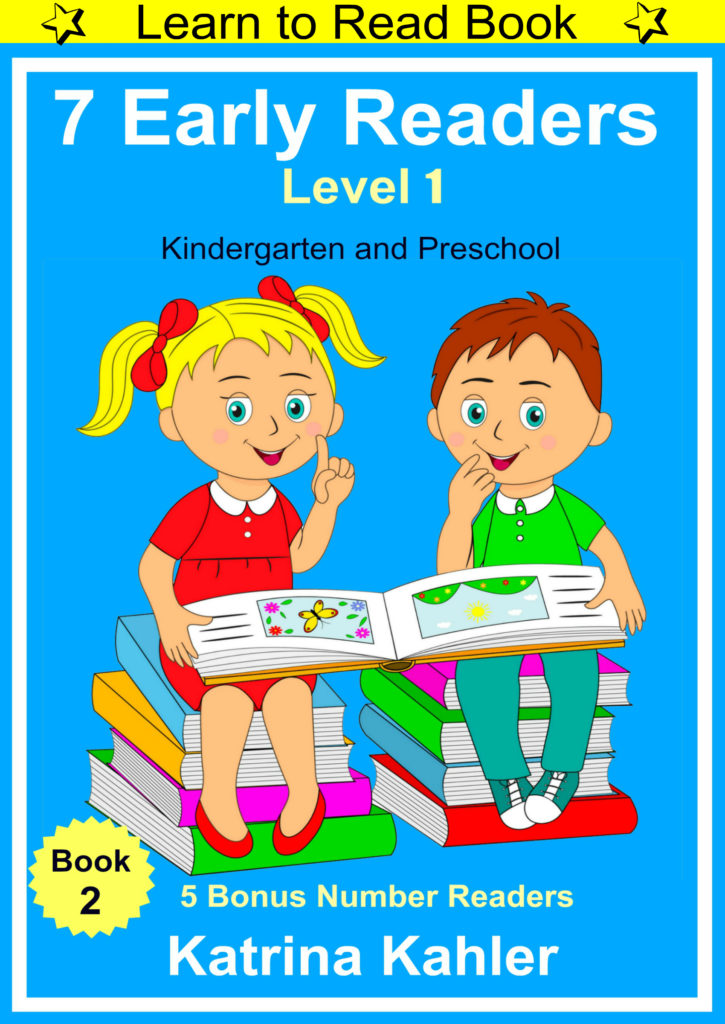 This helps the parent to interact with the child while reading.
This helps the parent to interact with the child while reading.
A wonderful book for the little ones – stories about the hare Carlchen written and illustrated by Rotraut Susanne Berner . The book will amuse children, and adults will be able to learn how to get out of unexpected situations with ease and without unpleasant consequences.
Children read what their parents choose. Your choice depends on what your child's childhood will be filled with.
How to choose children's books so that your child loves reading
Reading is not an obligation, but a right
Children's reading experts unanimously say that in order for a child to start reading with pleasure, parents must at least meet several conditions. The first is to listen carefully to your child, to be interested in what exactly he needs.
“While reading, the child must find answers to his questions. These books can be "wonderful", unusual from the point of view of parents, filled with kindergarten humor. But if they let the child feel what is written about him, then these are “those” books,” said Ekaterina Asonova, Candidate of Pedagogical Sciences, Head of the Laboratory of Sociocultural Educational Practices at Moscow City Pedagogical University.
But if they let the child feel what is written about him, then these are “those” books,” said Ekaterina Asonova, Candidate of Pedagogical Sciences, Head of the Laboratory of Sociocultural Educational Practices at Moscow City Pedagogical University.
A child reading specialist explained that it is important for parents to understand “what needs a child can satisfy with a book or what problems a child can solve in this way. For example, learn something about your favorite pastime.
Fat shaming, abuse and cruelty. What was in the books from our childhood
According to a survey by the Znanija.com platform, 35% of children borrow books from their home library. When adults...
May 17 11:39
The second condition is related to the situation in the family, in which they want the book to become an integral part of the child's life. “The more often you read yourself, the more attention your child will pay to books,” says Lilu Rami, art director of the children's literature publishing house Clever.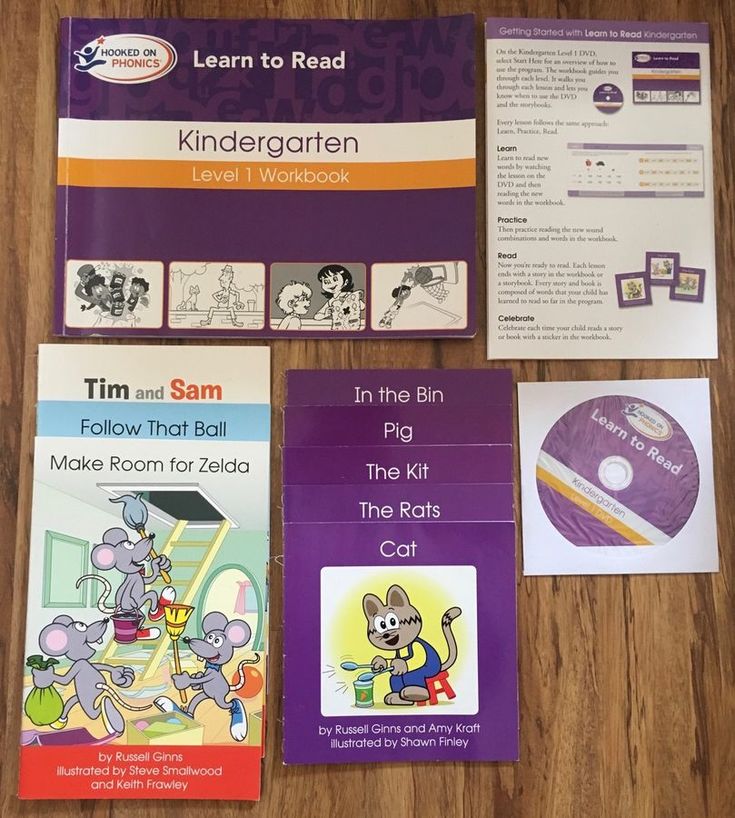 She also said that she has been reading aloud to her daughter since birth. “A child who is read to from birth will speak faster and be imbued with a love of books,” a representative of the publishing house believes. “When my daughter grows up and the books in her life begin to compete with gadgets, we go to the bookstore with her, I will show her my favorite books from my childhood, we will leaf through the new items together. We will also sign up for the local library and make going to it a family tradition,” Rami explained.
She also said that she has been reading aloud to her daughter since birth. “A child who is read to from birth will speak faster and be imbued with a love of books,” a representative of the publishing house believes. “When my daughter grows up and the books in her life begin to compete with gadgets, we go to the bookstore with her, I will show her my favorite books from my childhood, we will leaf through the new items together. We will also sign up for the local library and make going to it a family tradition,” Rami explained.
Ekaterina Asonova also believes that visiting the library is one of the ways to get people excited about books.
close
100%
“If a child has grown up with books, the most reliable thing is to go with him to a safe place where he will be allowed to take any books, where he can sit on the floor right next to the shelf, look at the books and feel yourself as freely as possible. The second important point: do not interrogate the child what he likes, but observe his interest.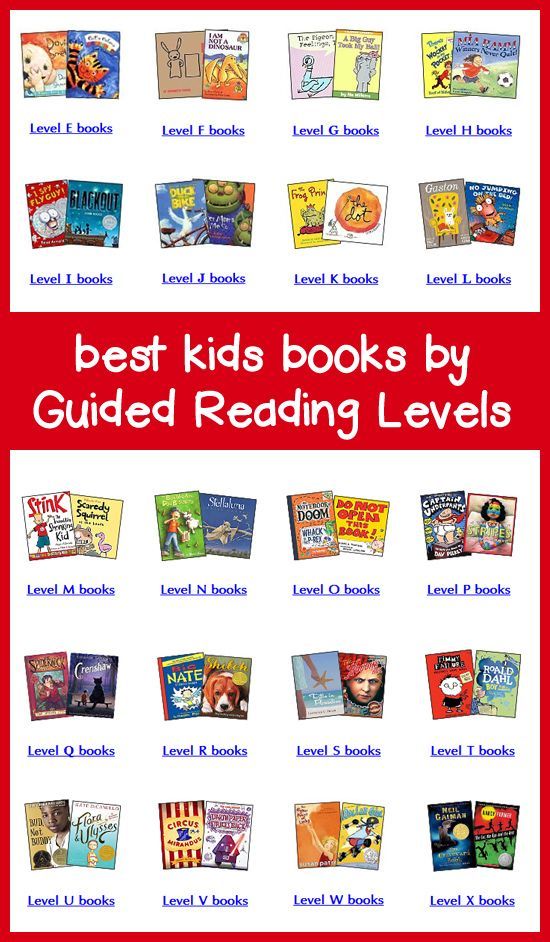 Children are not always able to formulate what they want. And the task of adults is to show that the choice of books is a field in which a child can express himself. Reading should not become a duty, but a right,” emphasized a specialist in children's reading.
Children are not always able to formulate what they want. And the task of adults is to show that the choice of books is a field in which a child can express himself. Reading should not become a duty, but a right,” emphasized a specialist in children's reading.
The third condition is complete freedom of choice of books in terms of design and genre. A child may like picture books or comics, and this is an absolutely normal choice not only for a preschooler, but also for older children, including high school students, explained the leading editor of the MIF. Childhood” Elena Abronova.
“Even a picture book can become a book for the first independent reading, but it must necessarily contain an interesting story that can be retold. In comics, the text is usually located in bubbles (“cloud with text” for the speech or thoughts of the hero. - Gazeta.Ru), onomatopoeia is often used - it can be difficult to immediately accept this manner of presentation, so for the very first reading I still advise not a comic .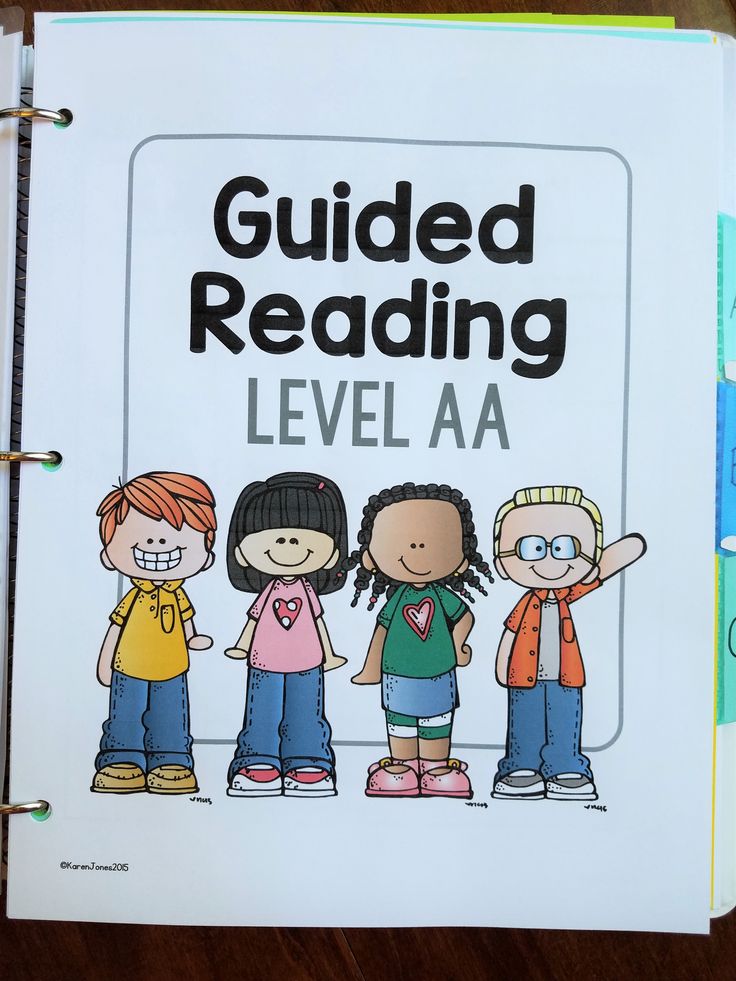 But this is very individual - for example, the children of colleagues "paid off" thanks to the series of comics about Emil and Margot and Hildafolk," Abronova said.
But this is very individual - for example, the children of colleagues "paid off" thanks to the series of comics about Emil and Margot and Hildafolk," Abronova said.
The editor noted that for a book that starts reading, non-fiction may also be suitable if the child is fond of, for example, dinosaurs or insects, but in this case the text should be adapted for younger children, illustrations are required.
close
100%
Criteria for a “correct” book
Experts are unanimous in their opinion that there is no standard in choosing a book that will start the reading process in a child. Nevertheless, there are several criteria for choosing publications that have every chance to win the heart of a child. These criteria depend on the age of the reader.
So, if we are talking about books for preschoolers or elementary school students, then here you should pay attention to design details, primarily to the font.
“Children do not always need huge fonts that comply with SanPiNs, but still, the font must be selected for a certain age,” said art director Lilu Rami. Also, according to Rami, it is necessary to pay attention to the cover: "We at the publishing house try to do everything to interest even the most selective child, creating beautiful covers."
Also, according to Rami, it is necessary to pay attention to the cover: "We at the publishing house try to do everything to interest even the most selective child, creating beautiful covers."
Editor Elena Abronova believes that in addition to the font size, a large number of illustrations and a small volume are important for the first book.
“In our publishing house, these are books by Tatyana Russita (“Cat Nosok”, “But on my own!”, etc.). The words in them consist of three-four-five letters, short sentences, the books themselves are thin - the child easily reads such a book from cover to cover and receives a sticker. He understands that reading is not difficult, but quite interesting, ”Abronova explained.
In her opinion, for both young children and older children, design can become a gateway to the world of literature.
close
100%
“Style can be the deciding factor when a child decides whether or not to read this book. "Teremok" with illustrations by Igor Oleinikov will help to discover that this fairy tale can be seen in a completely different way .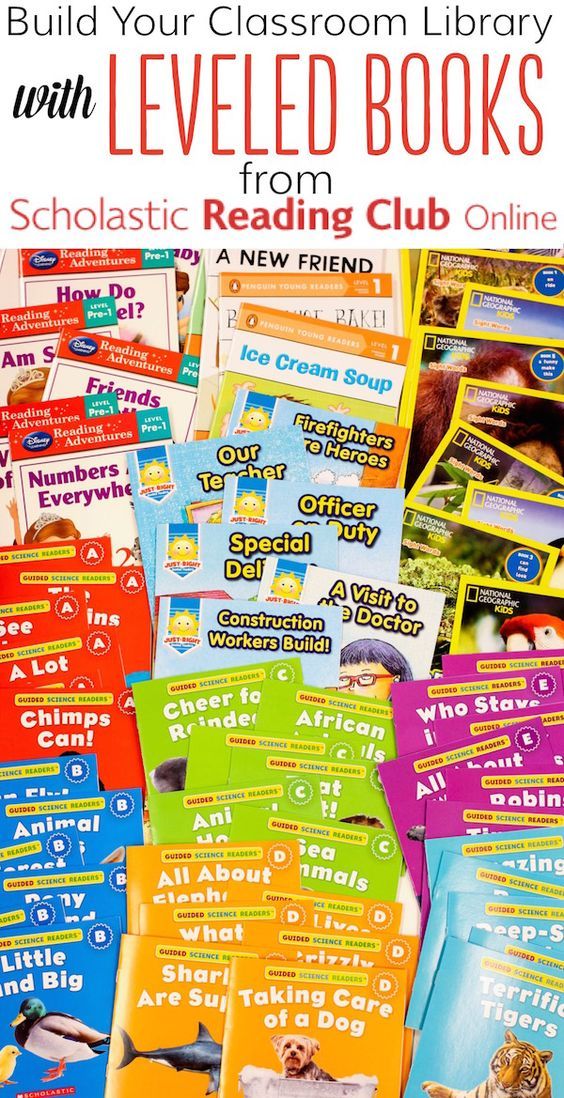 .. ”, said Asonova, an expert in children's reading.
.. ”, said Asonova, an expert in children's reading.
Another "trick" that will help attract and keep the child's attention is the presence of a funny or congenial character. Often publishers of children's literature offer readers a whole series of books with such characters. The child can't wait to find out what happened to his favorite character, and he asks his parents to buy him a sequel.
“So, for example, the favorite character of the Clever publishing house, Shmyak the Kitten, became a guide to reading for many children. More than once, while working at book exhibitions, I saw how the children themselves asked what new items we had about Shmyak and listed to their parents what they had already read so that they would not accidentally buy them duplicate copies, ”said a representative of the Clever publishing house.
For older children, there are no criteria as such in choosing books. The art editor of the Polyandria publishing house Olga Yavich advised experimenting with genres, looking for characters with whom the child would associate himself, and reading aloud a lot and regularly, even if the child has been reading well himself for a long time.
“There are slow books with lots of room for thought and conversation: Keeper of the Moon”, “Hope in the Cherry Tree”, “Sometimes I Feel…”, “Out of Nowhere”. There are books that evoke tenderness, tune in to care and sensitivity, for example, The Forgotten Lamb, Thunderstorm. And there are those that will help awaken the imagination, inspire creativity: “The Melody of Life”, “What We Will Build”, “The Game of Architecture,” Yavitch explained, emphasizing that every parent has a search for a book that the child would like, may take varying amounts of time.
Motivation and demotivation influenced by parents
The desire to "inculcate" the habit of reading can fail if the parents put too much pressure on the child. For example, in an attempt to motivate, they say: "But here I am at your age ...". This is not the best way to get interested in reading, Asonova is sure.
“If you set yourself as an example, then it can work exactly the opposite. And it can also be painful for the parent himself if he finds himself in a situation where he has been devalued, ”explained the expert.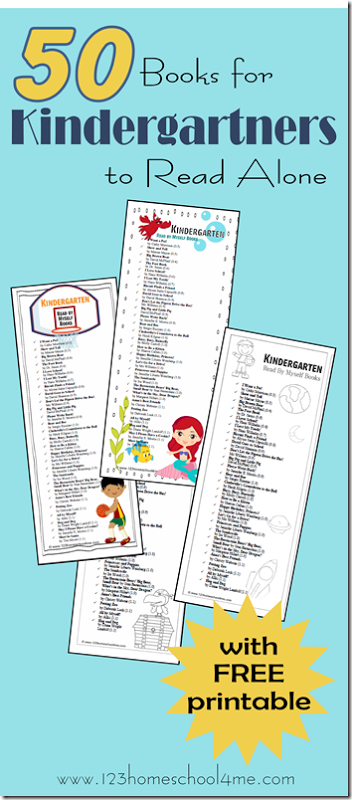
close
100%
Another example of an unsuccessful attempt to get children to read books is when parents limit their choice to a home library, albeit a very diverse one.
“You should not think that your library contains everything that is possible and suggest that your child choose books only from it. Visit libraries, new spaces filled with books. It is possible that the child will find a book there that you already have at home. You shouldn’t be offended by him, it’s better to be glad that he nevertheless found her, ”Asonova recommended.
Often encouraged to keep a reading diary at school, it can both motivate and discourage reading, especially if parents make it a chore. The art director of the Clever publishing house advised "to keep a reader's diary, set different goals that it would be interesting for a child to close."
Who has the best child: how parents compete
More than half of schoolchildren's parents in Russia do homework instead of their children.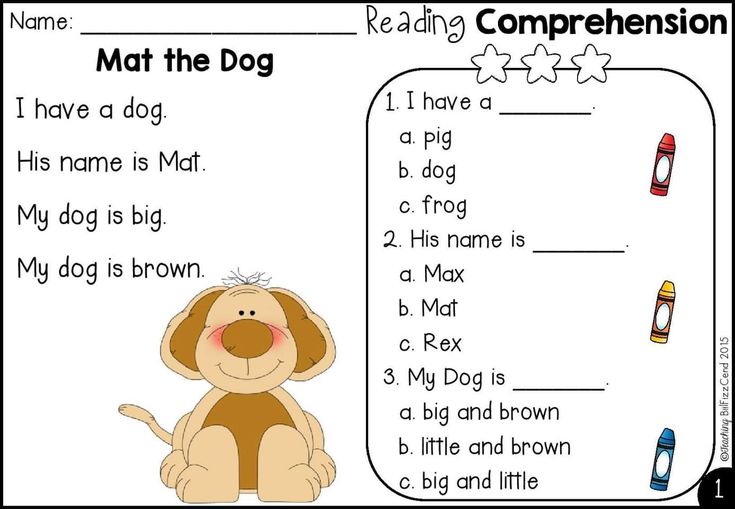 The most difficult...
The most difficult...
December 09 19:03
Anastasia Yekushevskaya, a psychologist and academic director of the Skysmart online school for children and teenagers, supports the idea that a game element will help to strengthen motivation, for example, rating (maybe comic) books, quests based on favorite works, and books with various interactive elements.
The Devar publishing house, which specializes in printing products with augmented reality technology, has been operating on the Russian book market for a long time. Such publications represent a symbiosis of a classic book - with text, illustrations - and modern technologies: just point your mobile phone at a page with a special sign, and its characters come to life.
Another way to draw attention to reading is to invite your child to write a book about himself.
“Researchers from Latin America compared the impact on motivation of a non-personalized and personalized book - in the second case, a photograph of the child himself can be pasted into the publication so that the main character is with his face.